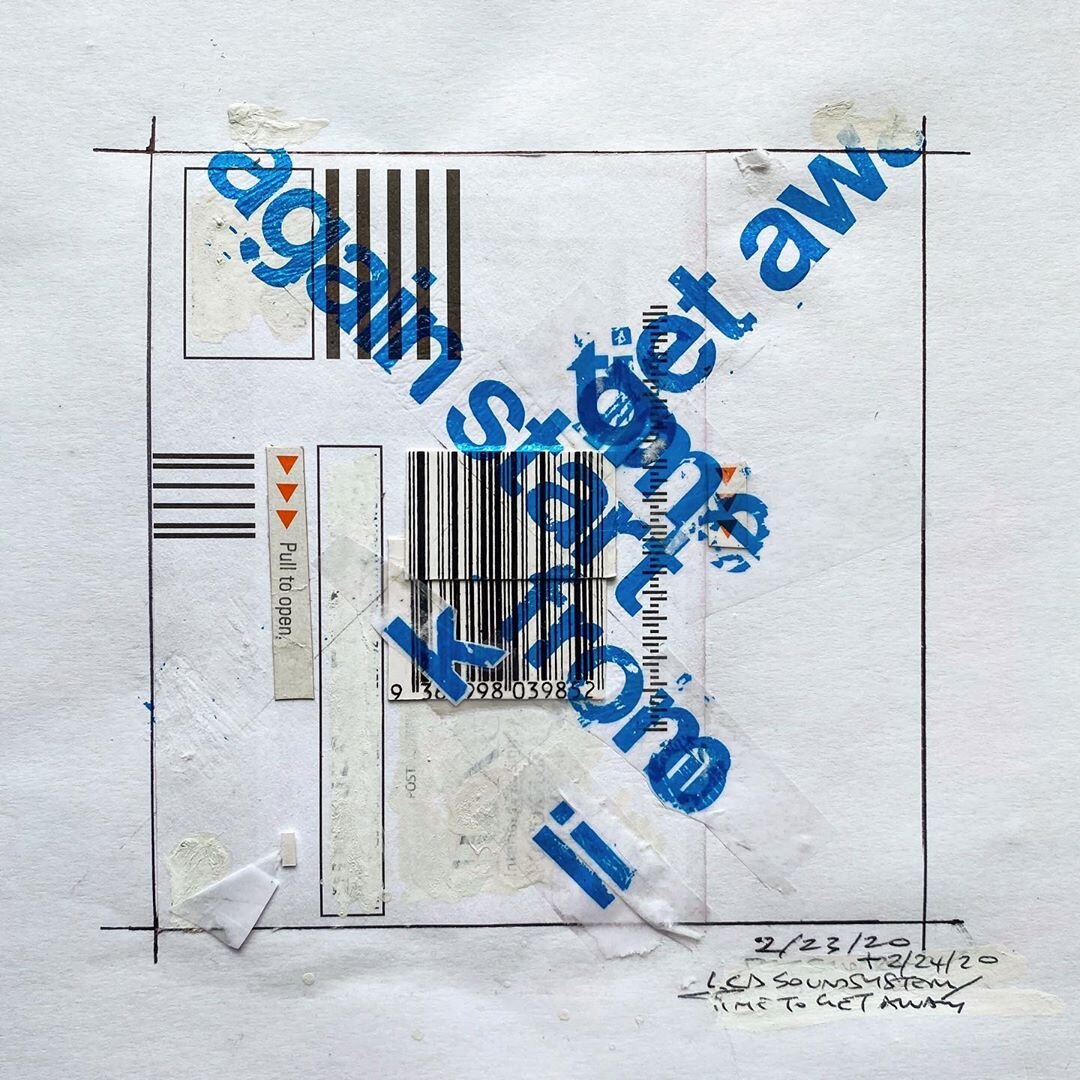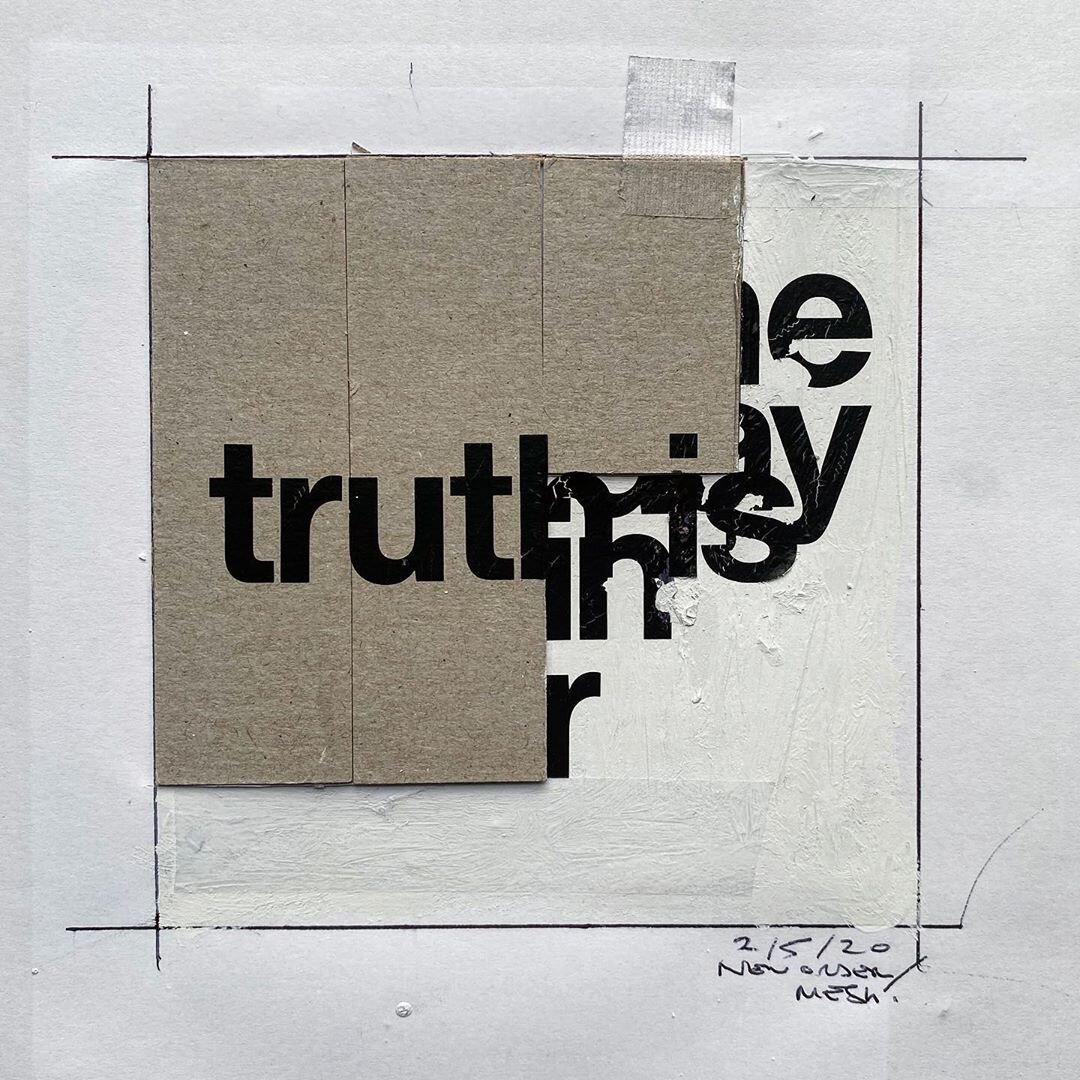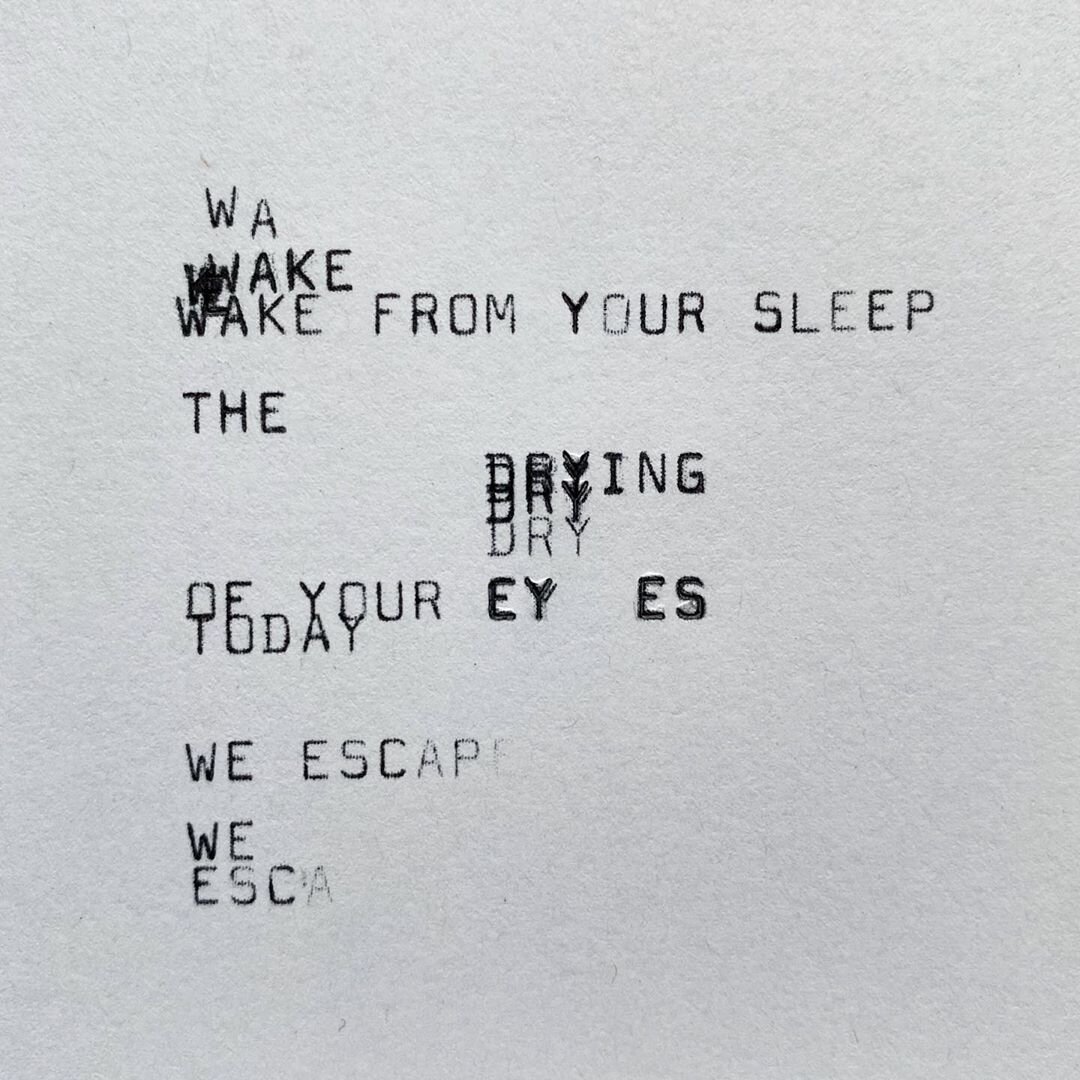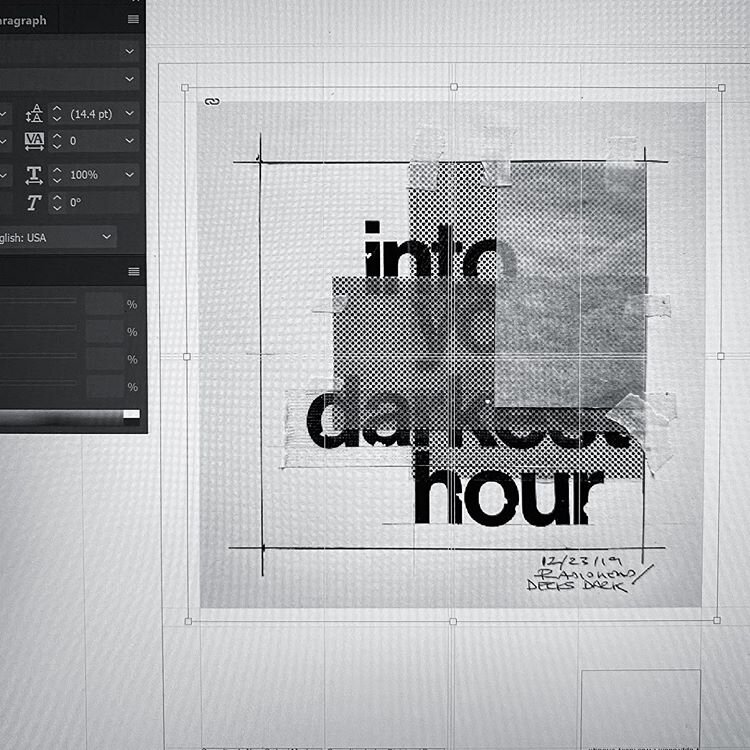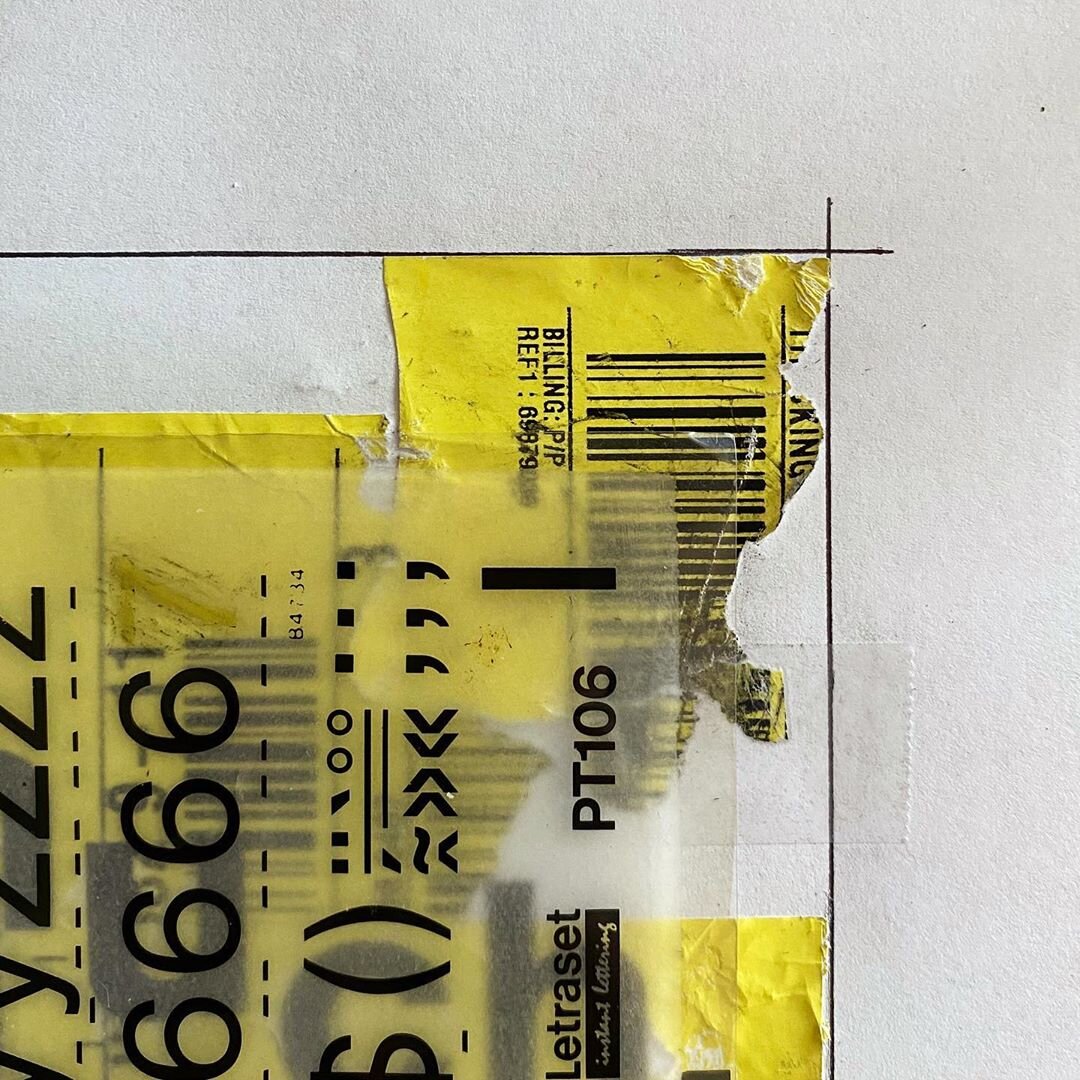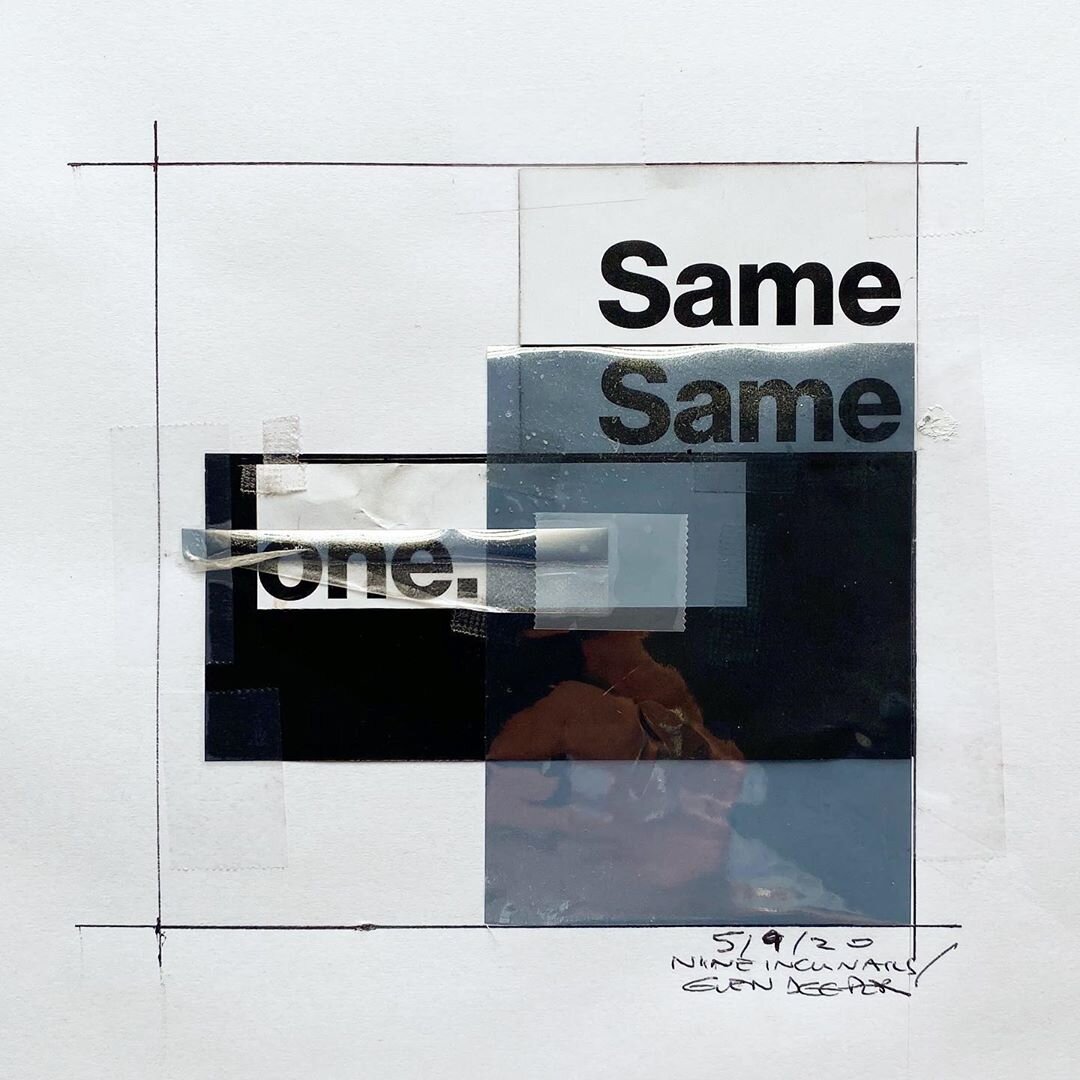Henry Wong Illustrations
Digital illustrator based in London Henry Wong creates very atmospheric works
Digital illustrator based in London Henry Wong creates very atmospheric works

Talented London-based classic-taught artist Ben Ashton granted a knighthood to his majesty the Glitch by creating awesome distorted portraits (mainly self-portraits) with oil on canvas. Ashton's work combines precision in execution with humour and character, balancing emotive response with a strong contextual foundation. Worth to mention his commission for Rag’n’Bone Man platinum single and then epic album “Human”. Ben did an a portrait of a singer that appeared on the cover art.

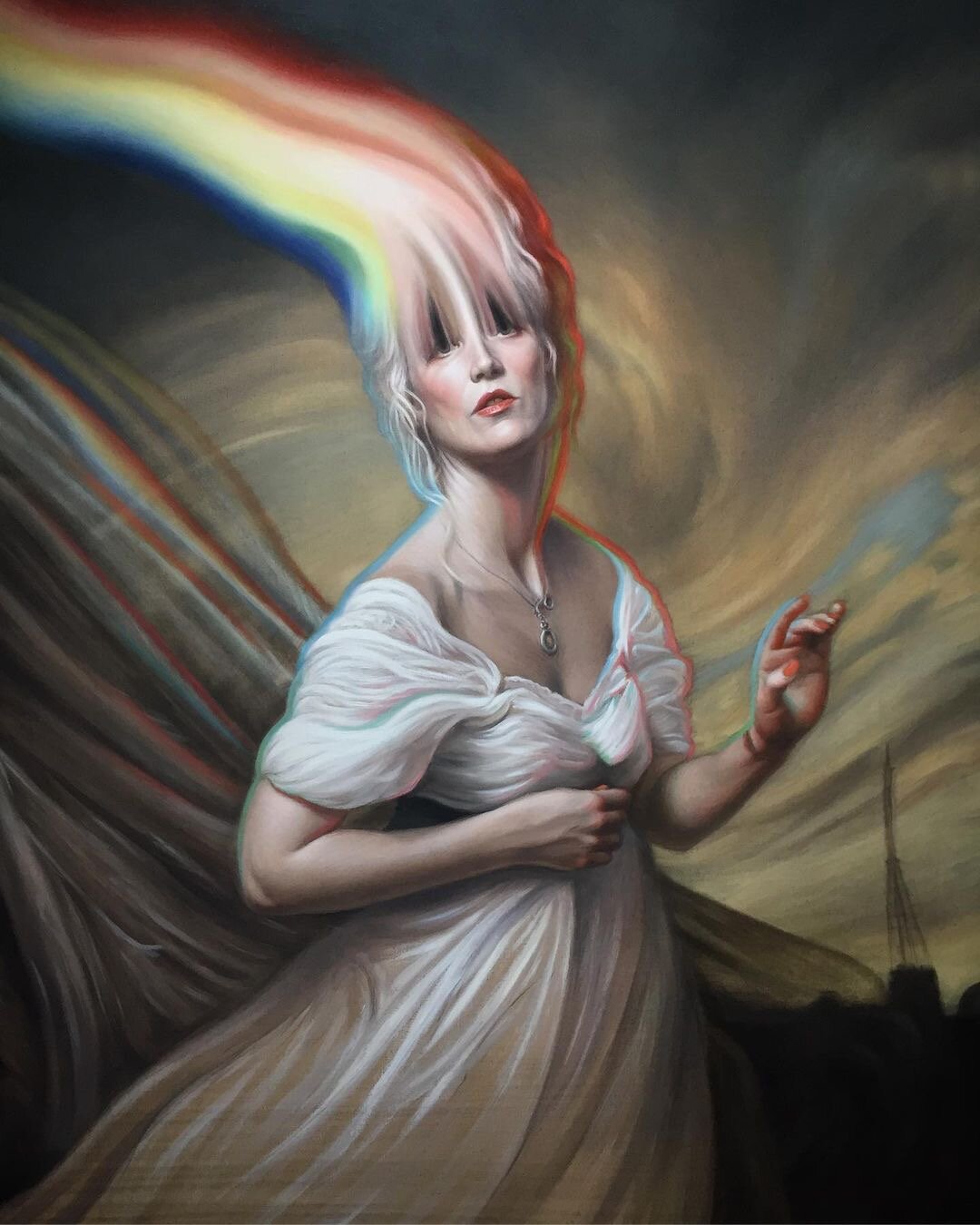

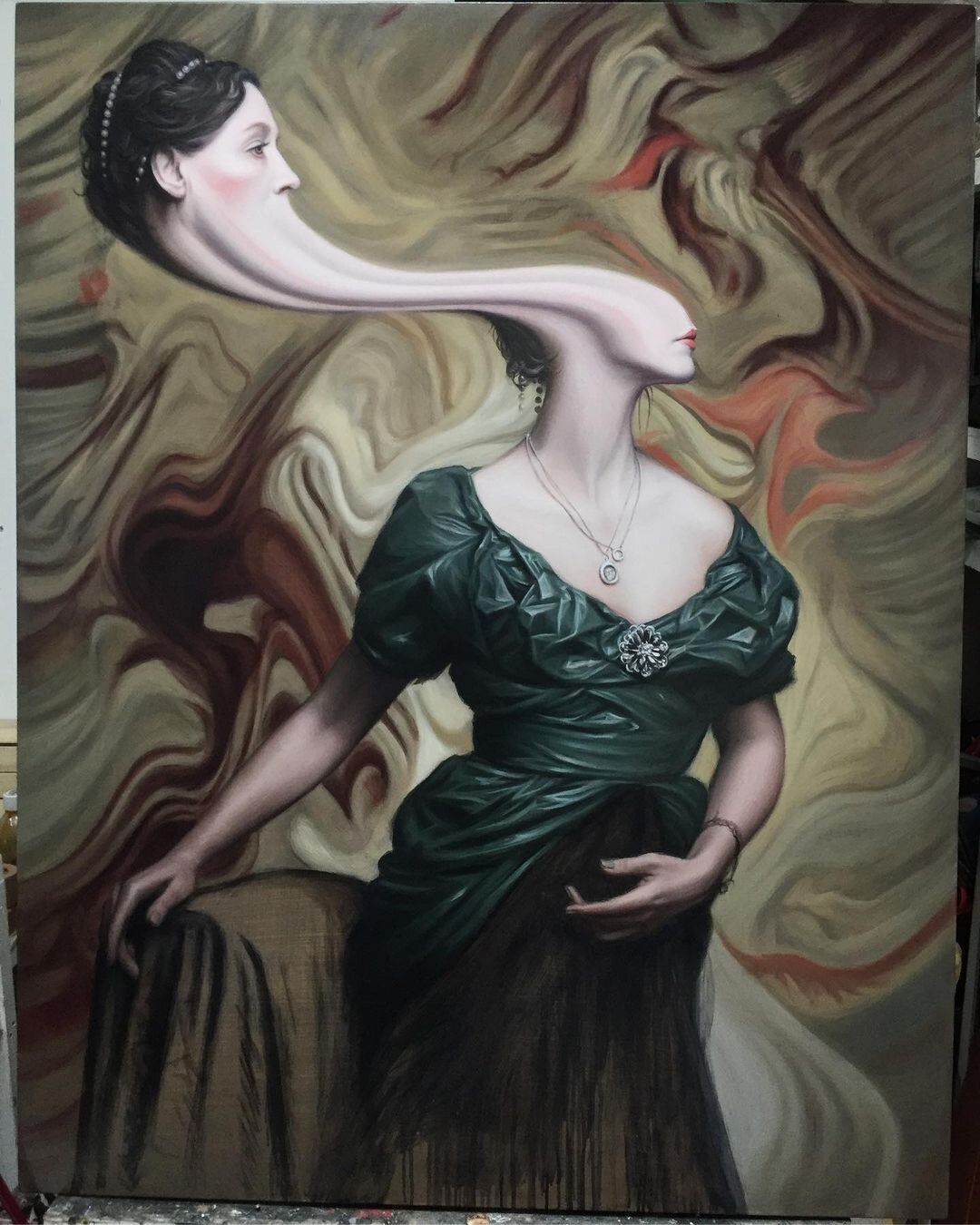
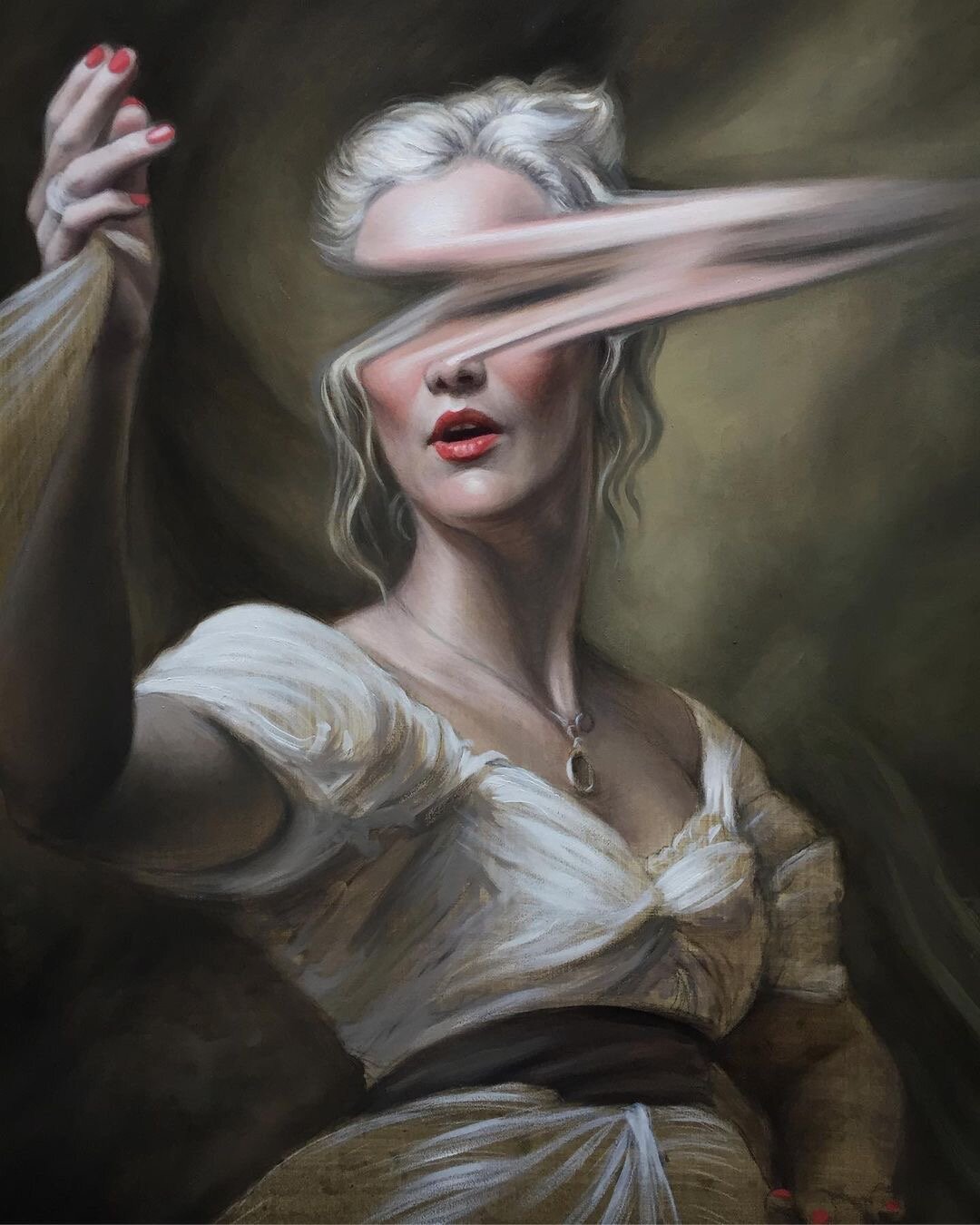
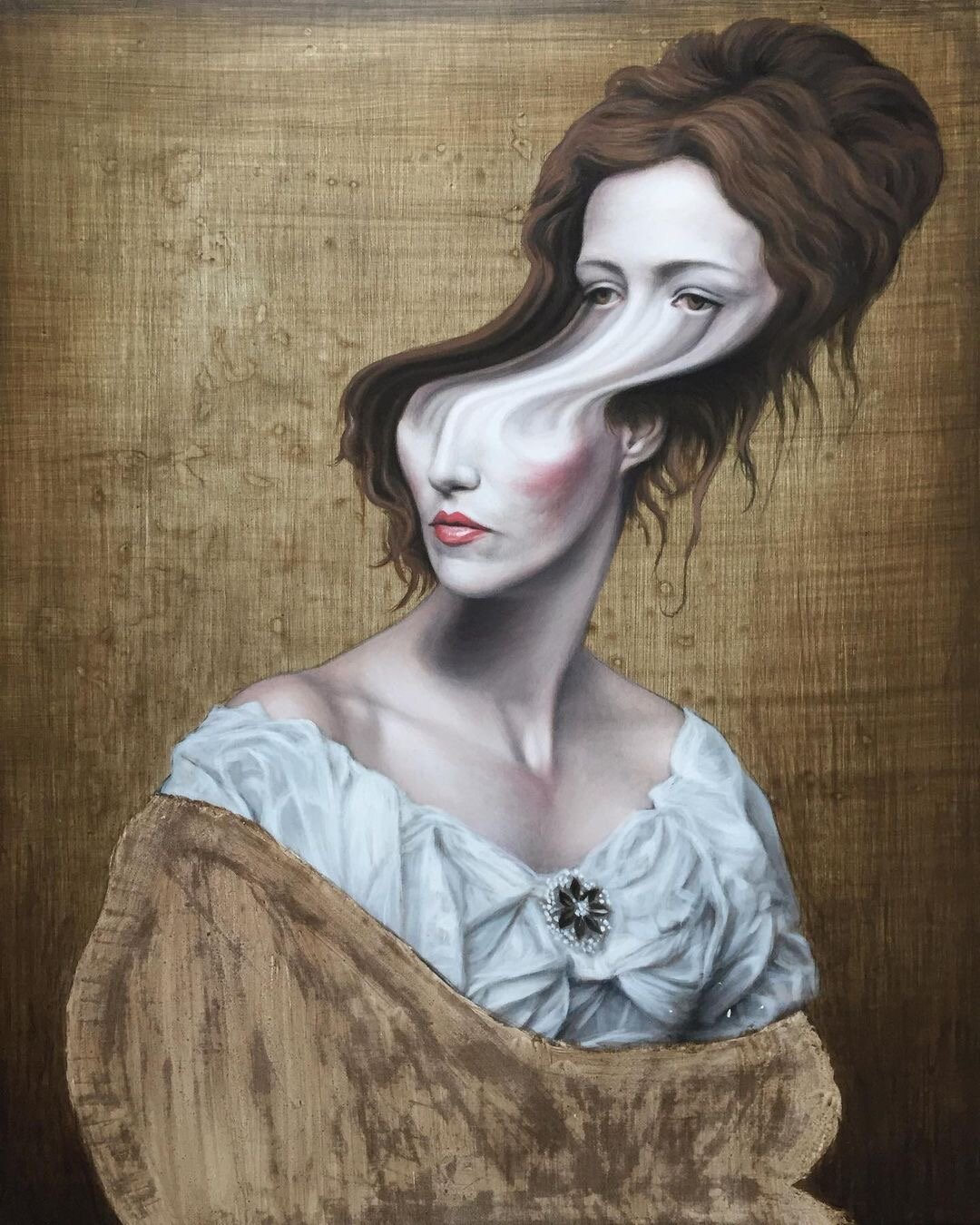
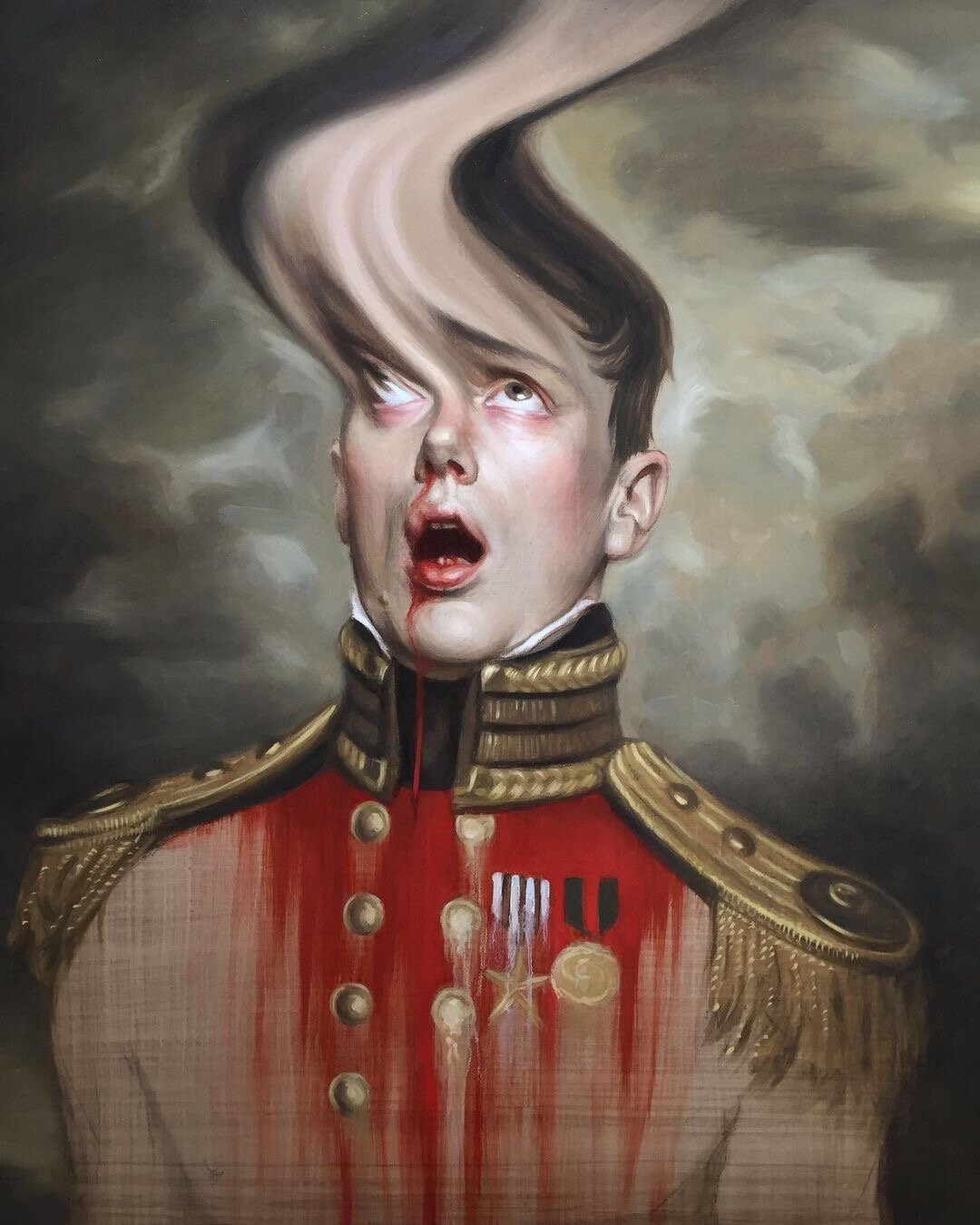


Camile Walala, who recently painted a parade of shops in east London, got the idea to design a new Oxford Circus at the beginning of lockdown – when she says she was “struck by the silence of the streets” and “the sense of peace that had descended on London in the absence of the traffic”.
Pedestrianised, exploding with colour and full of imaginative street furniture designed to be interacted with in multiple ways, Camille’s Oxford Street is a place of joy, surprise and asymmetry – an antidote to the flatness and homogeneity that often characterise the standard high street.
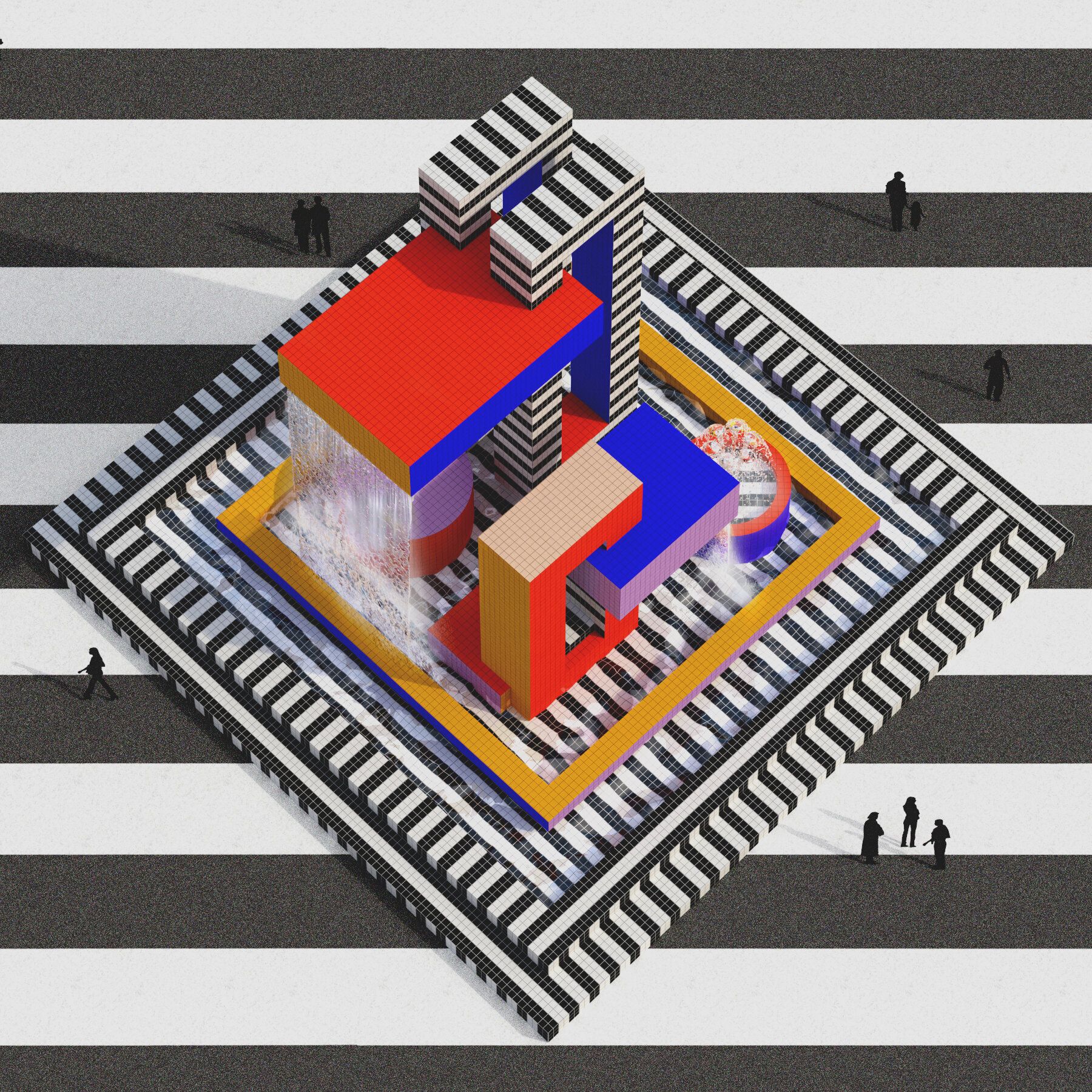
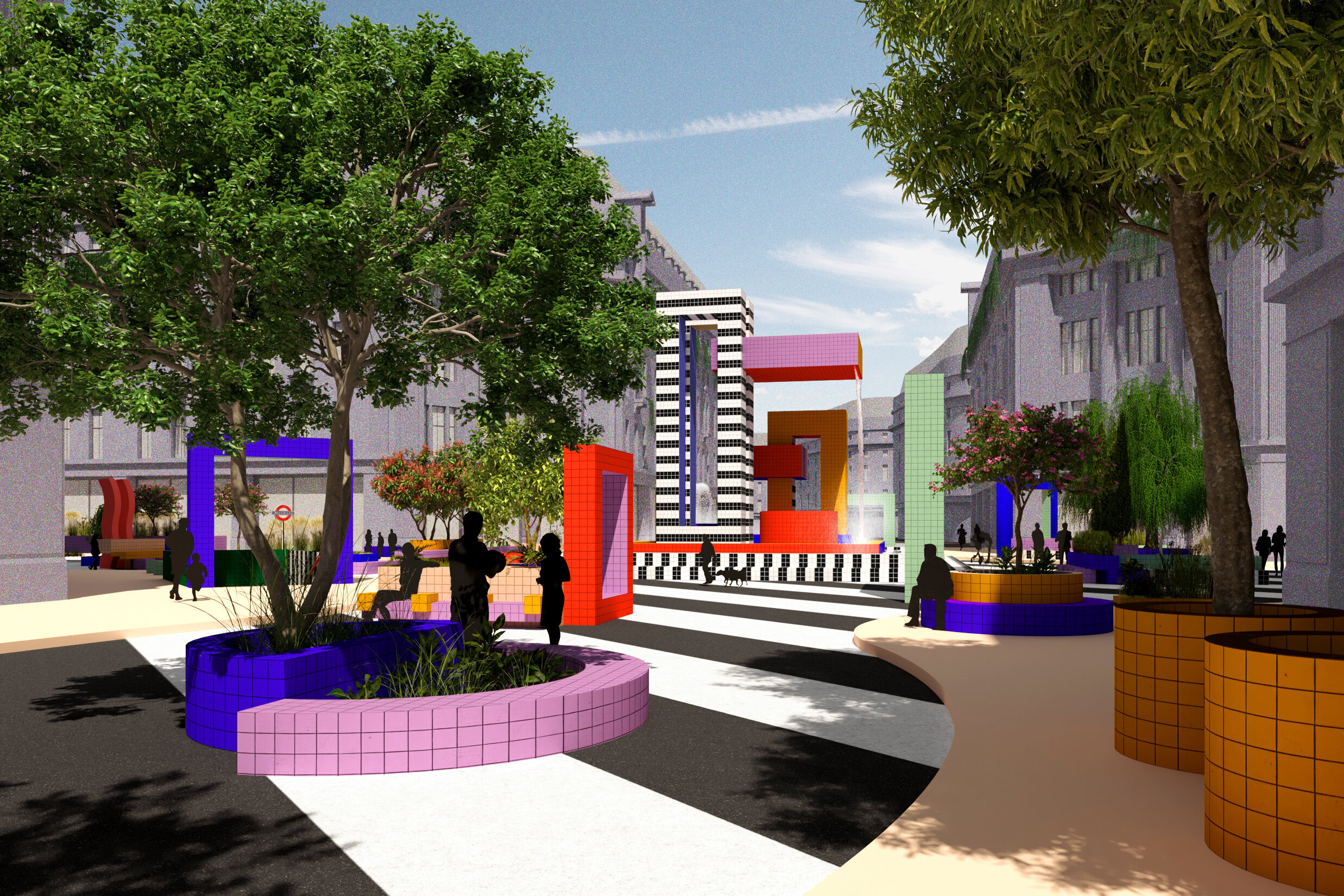
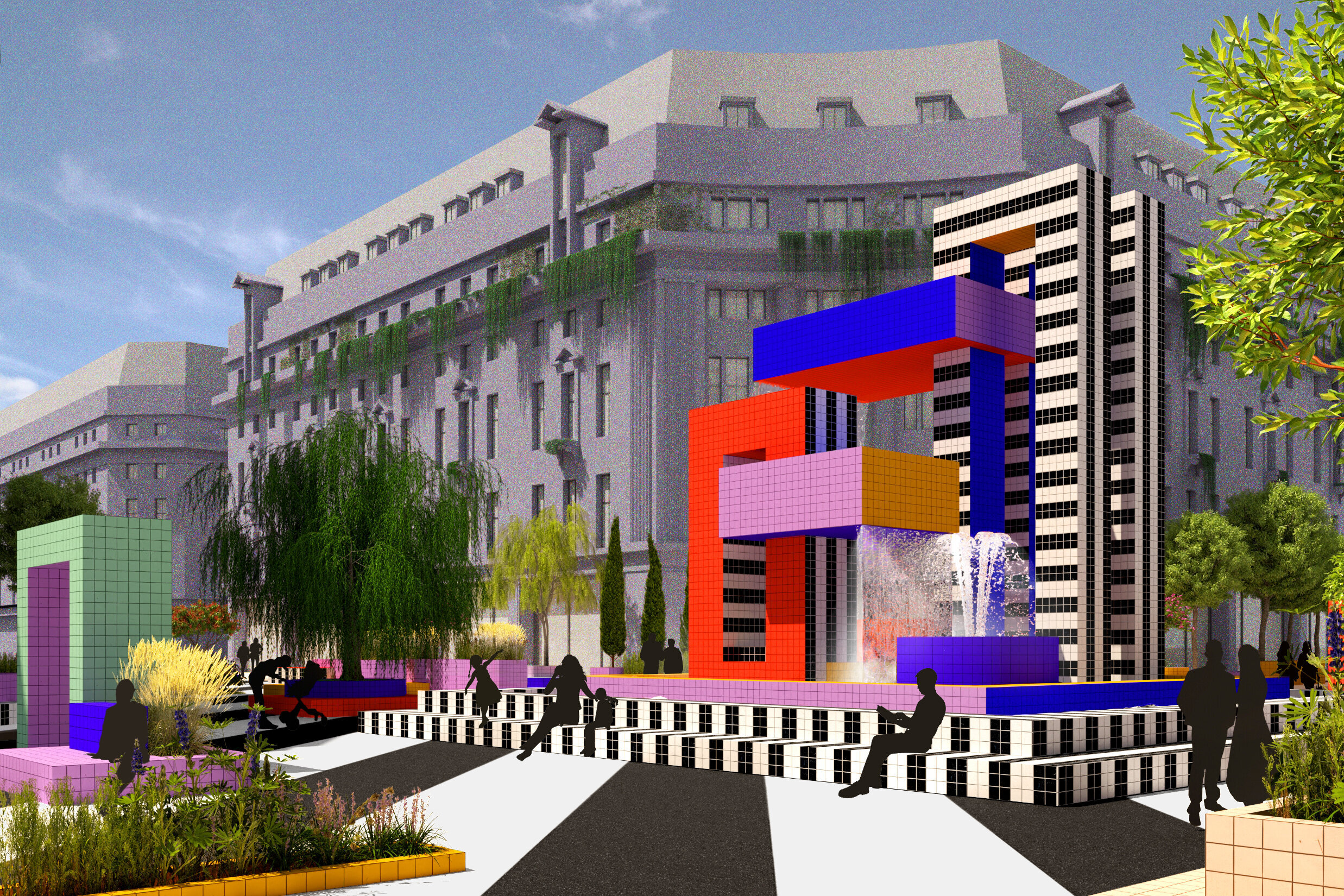
In a letter accompanying the series, Camille reflects on her 23 years living in London, and credits the capital with sparking and shaping her career as an artist. This project, she explains, is in essence an expression of her love and gratitude for the city, as well as a serious proposal for a new, more enriching urban landscape. Full of colourful, bold architectural structures and 3D surfaces, the images present a vision of an urban thoroughfare that exists for more than practical purposes, inviting numerous forms of interaction. It’s a place for gathering and meeting, resting and rambling – evoking the multiple community functions of the agora, or public square, in ancient Greece. Walala imagines the space as somewhere the natural and the human-made can coexist and complement each other, weaving water and verdant plant life into her speculative streetscape.
Renowned interactive media production company Sila Sveta was commissioned by fashion designer David Koma to create a totally digital catwalk in a futuristic environment
Concept and Artistic Direction: David Koma
Creative Direction: Polina Zakh
Creative Direction, Art Direction and CG: Komron Komron, Evgeny Mezhibovskiy
Cloth Simulation: Danya Qebab
Character Animation and Modelling: Efim Strand
Sound: Rob Taliesin Owen
Styling: Marc Goehring
Talent: Tamar M.
Powered by: Sila Sveta

Talented CG artist Luke “Wengles” James casted self-initiated posters of famous movies in a digital clay by using 3D tools
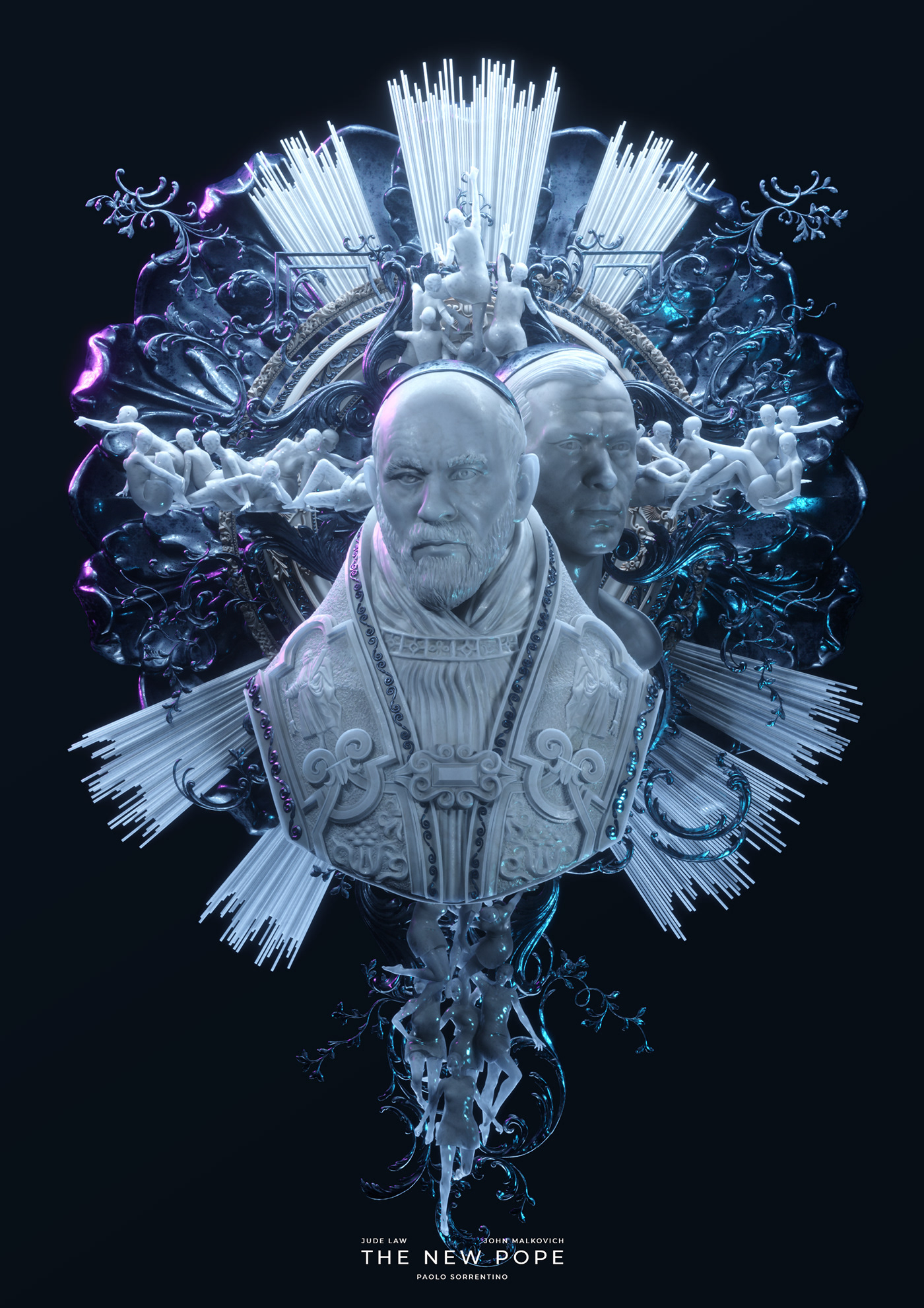
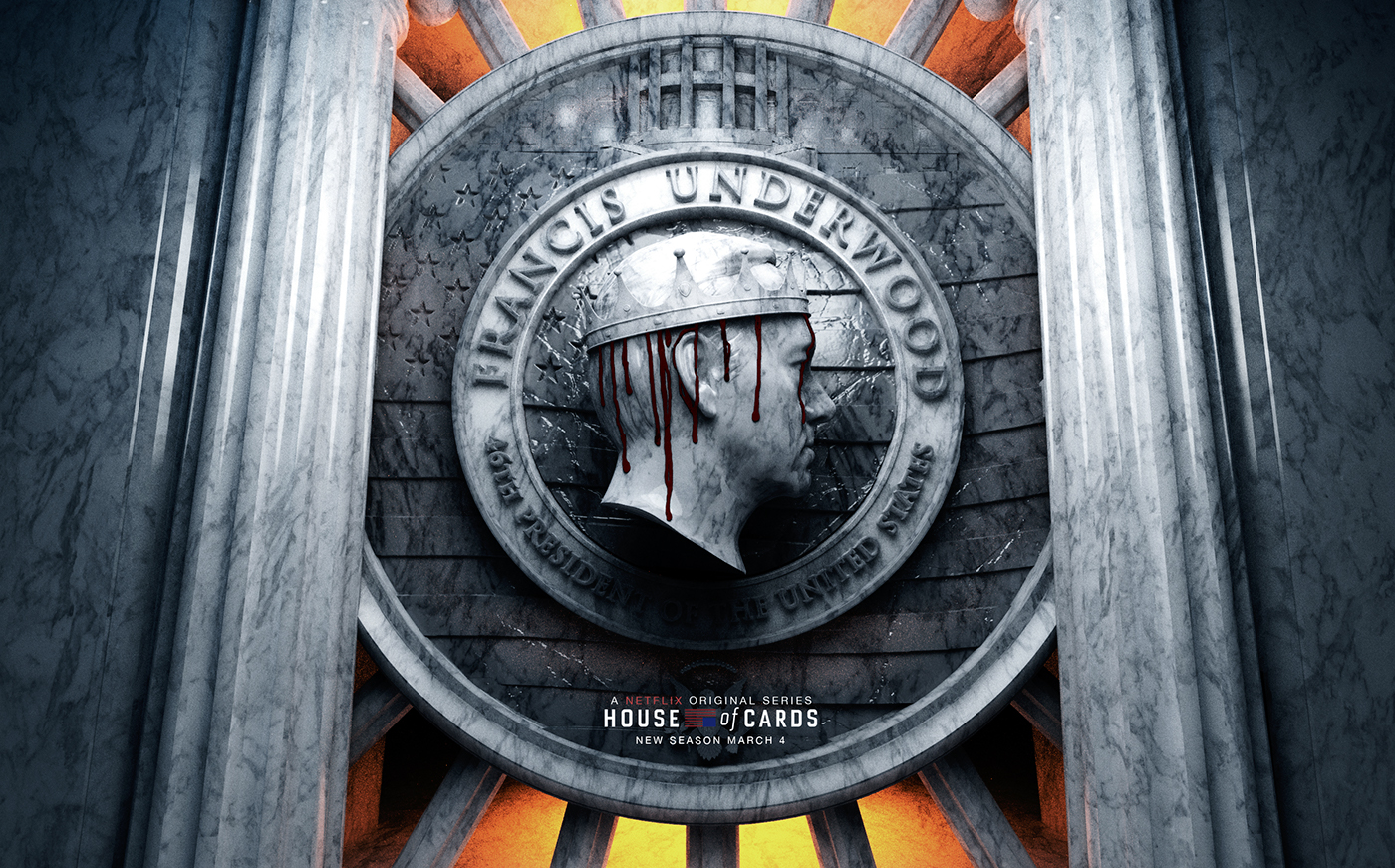
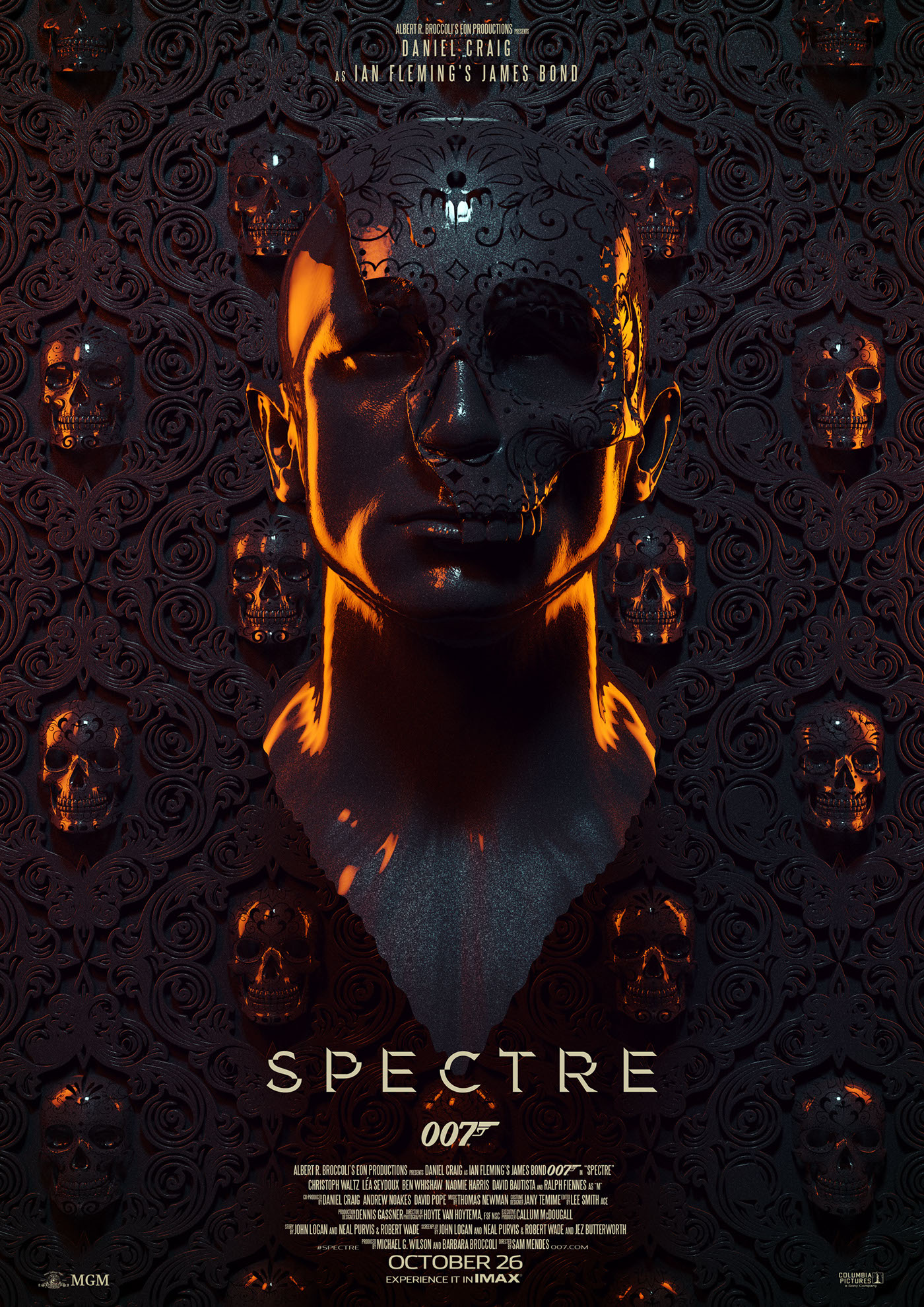
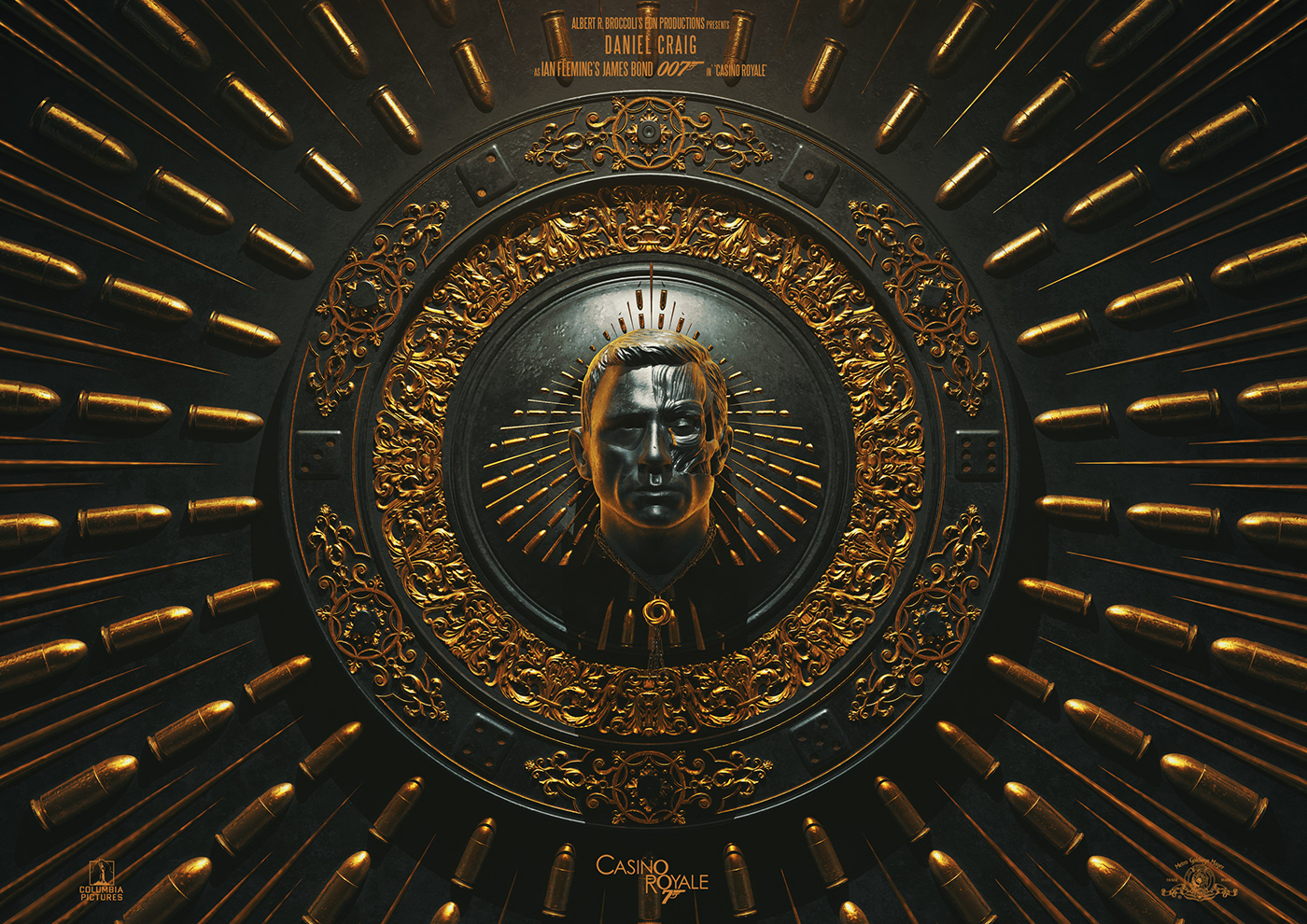

Renowned portraiture and landscape photographer Nadav Kandar famous for his long-term projects depicting the power of nature and humanity. In his recent series “Solitude - Quietude - Contemplation” Nadav explores the solitude in the times of lockdown

“I think of a quote by Rilke: “Love your solitude and try to sing out with the pain it causes you.” So many feelings are at play and I was aware that in this quiet time there was a much bigger picture playing out, and it will continue to play out in our future.”
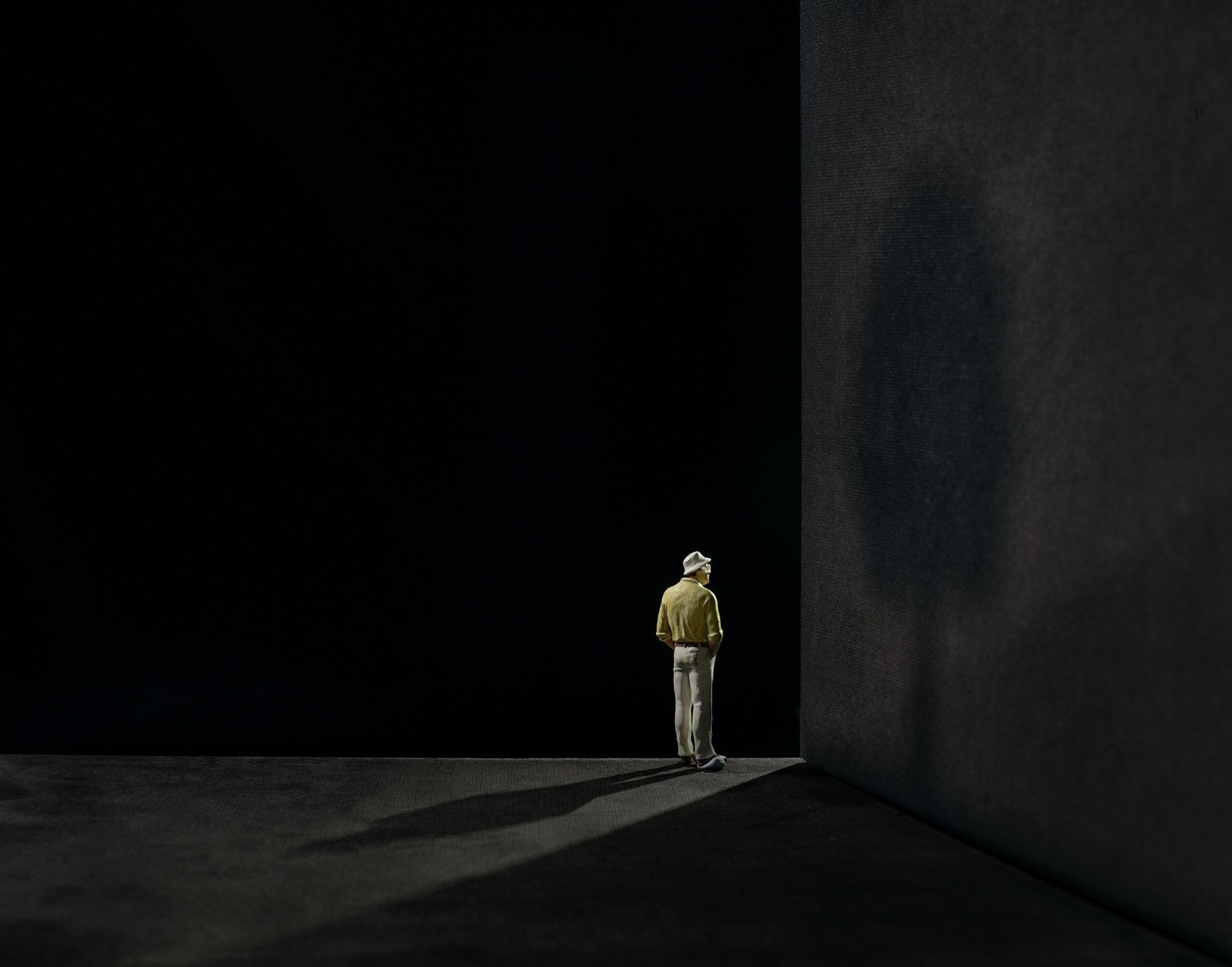

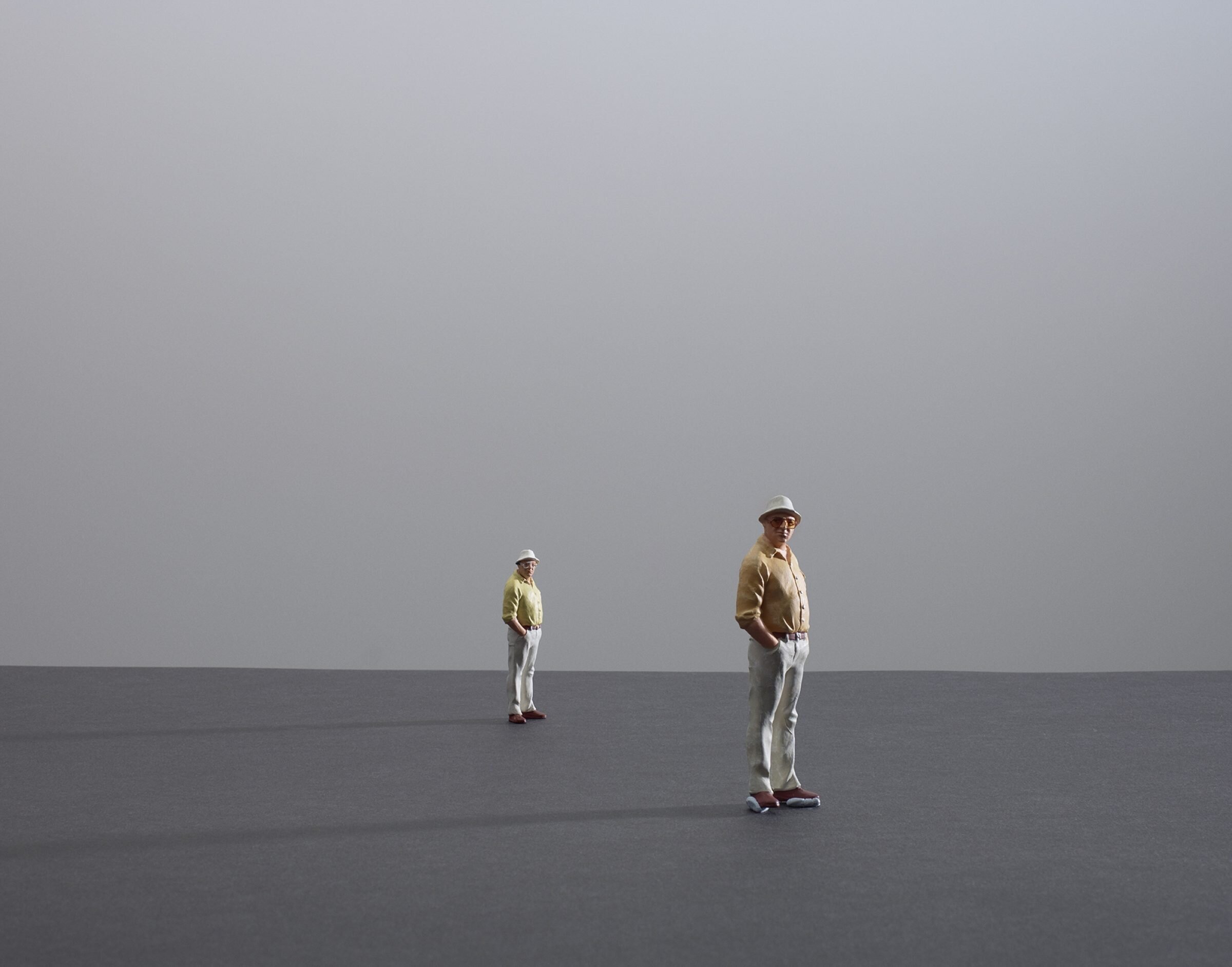
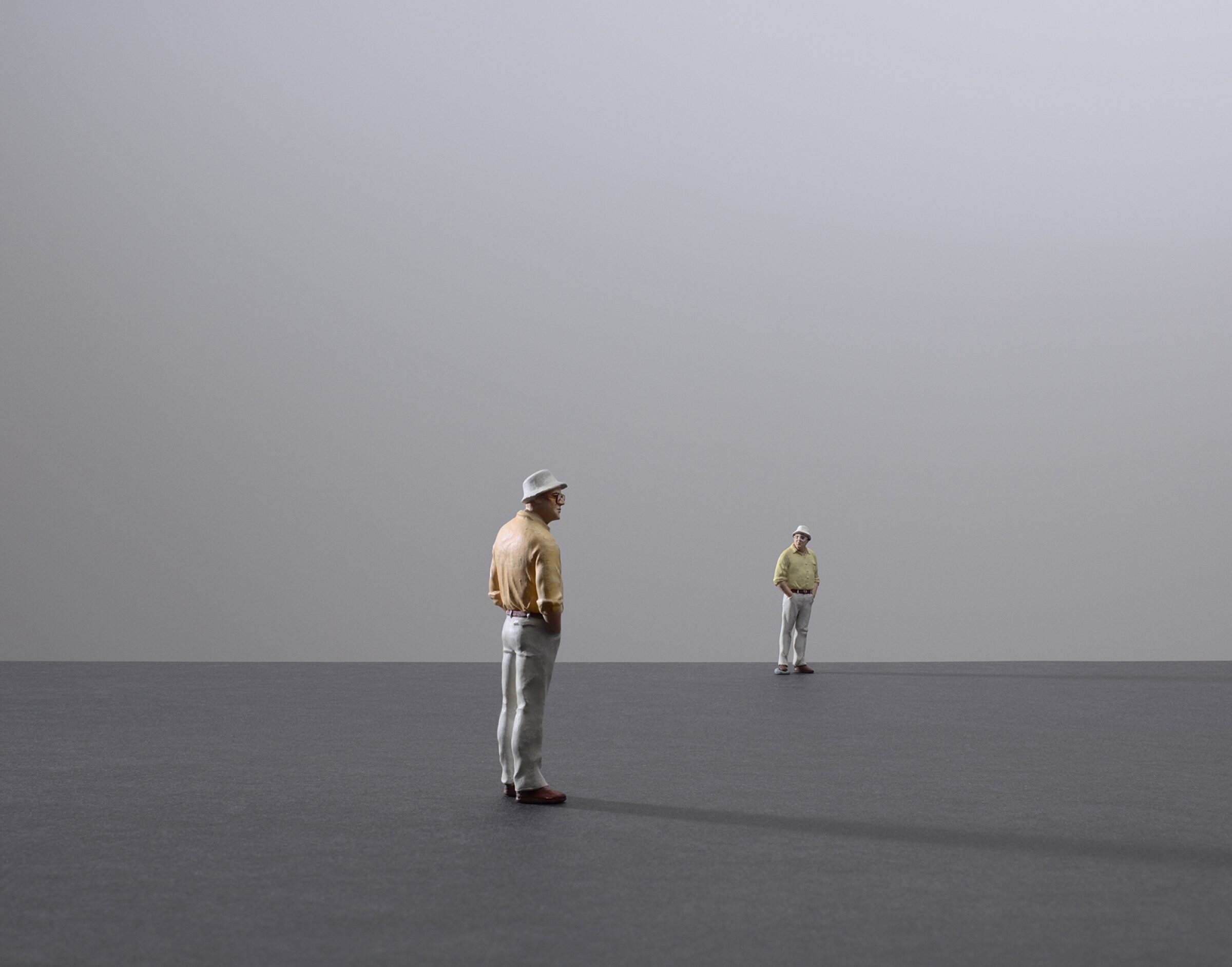

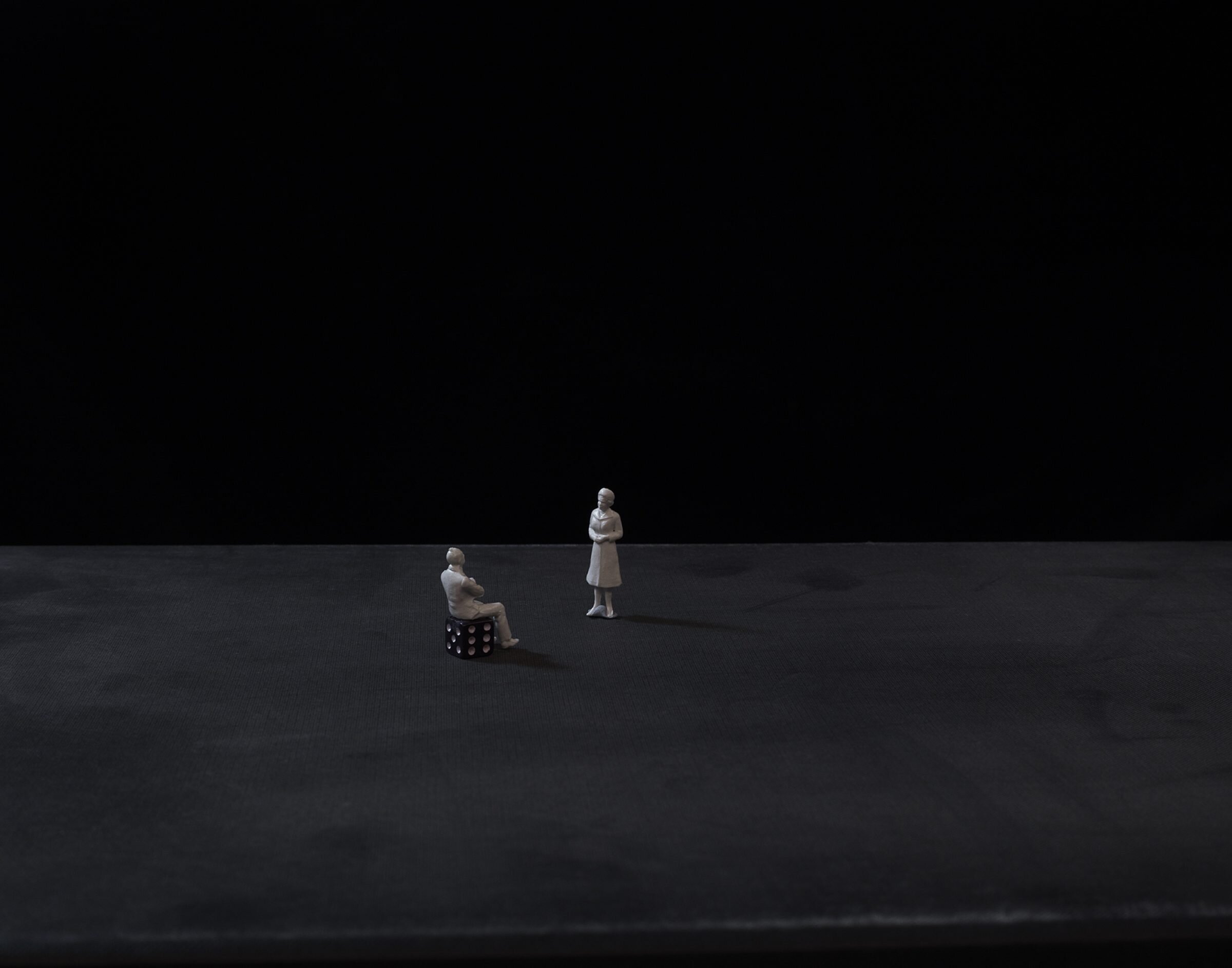

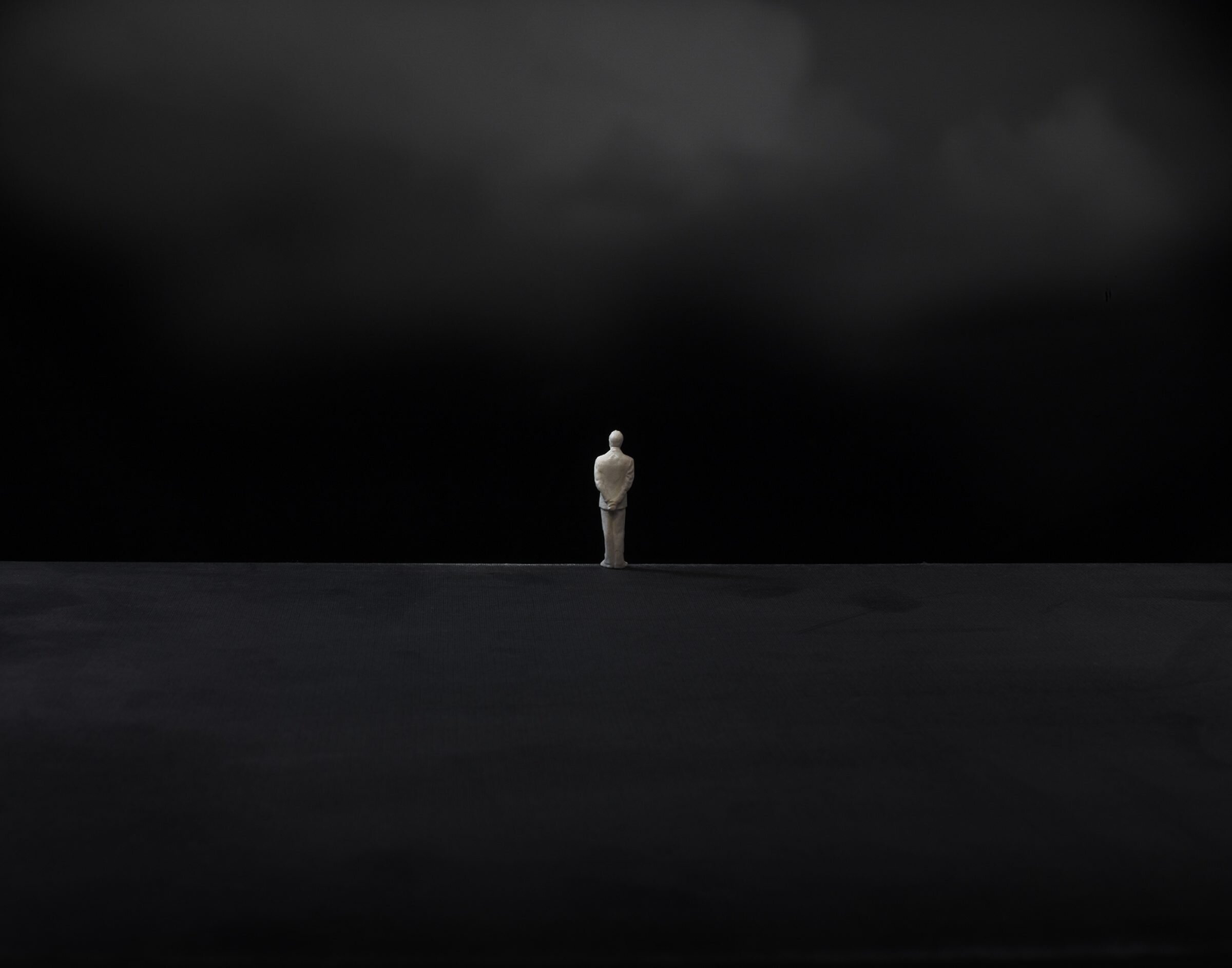
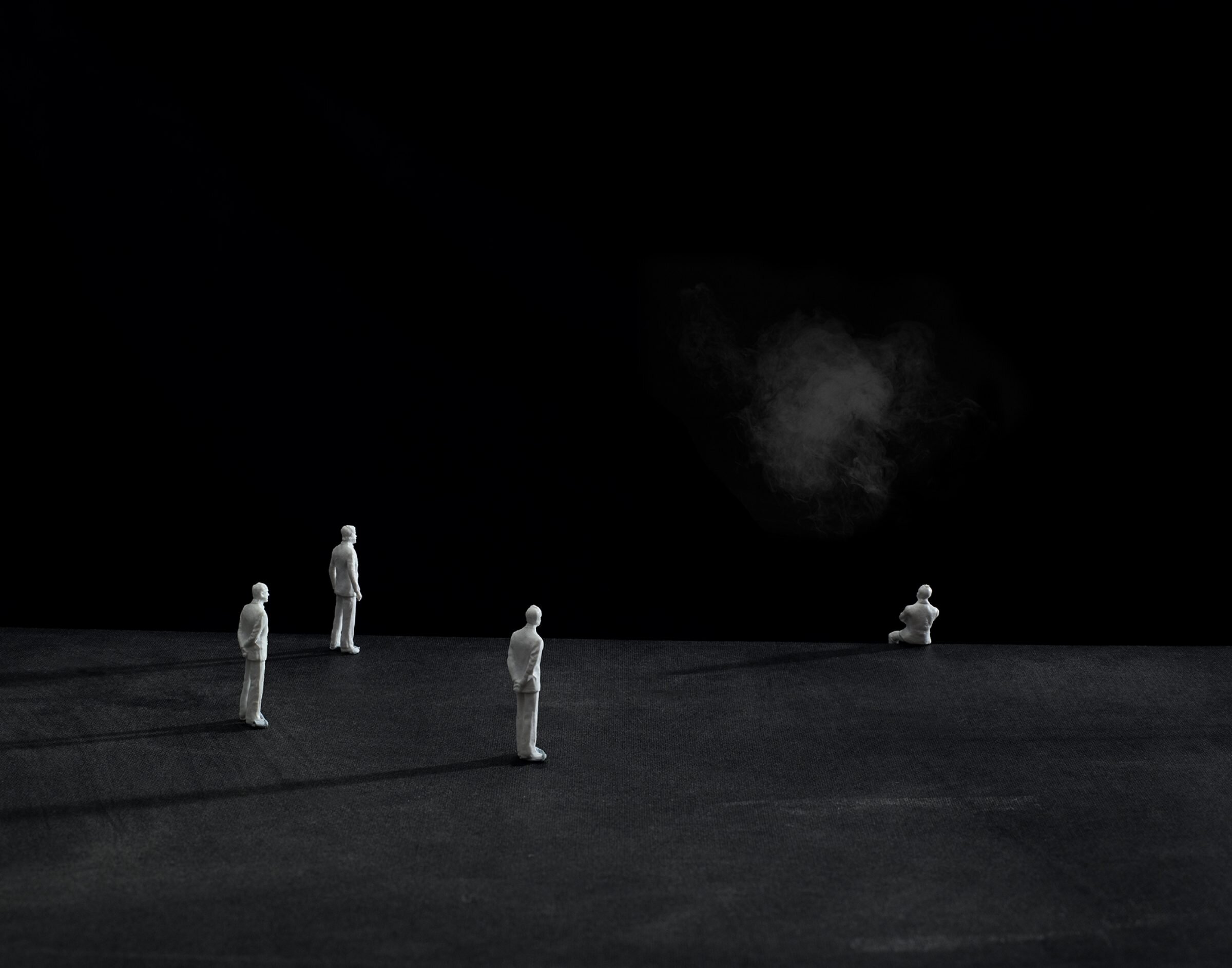
Rob Bailey’s illustrations are characterized by minimalism, simple geometric shapes, and a good sense of humor.
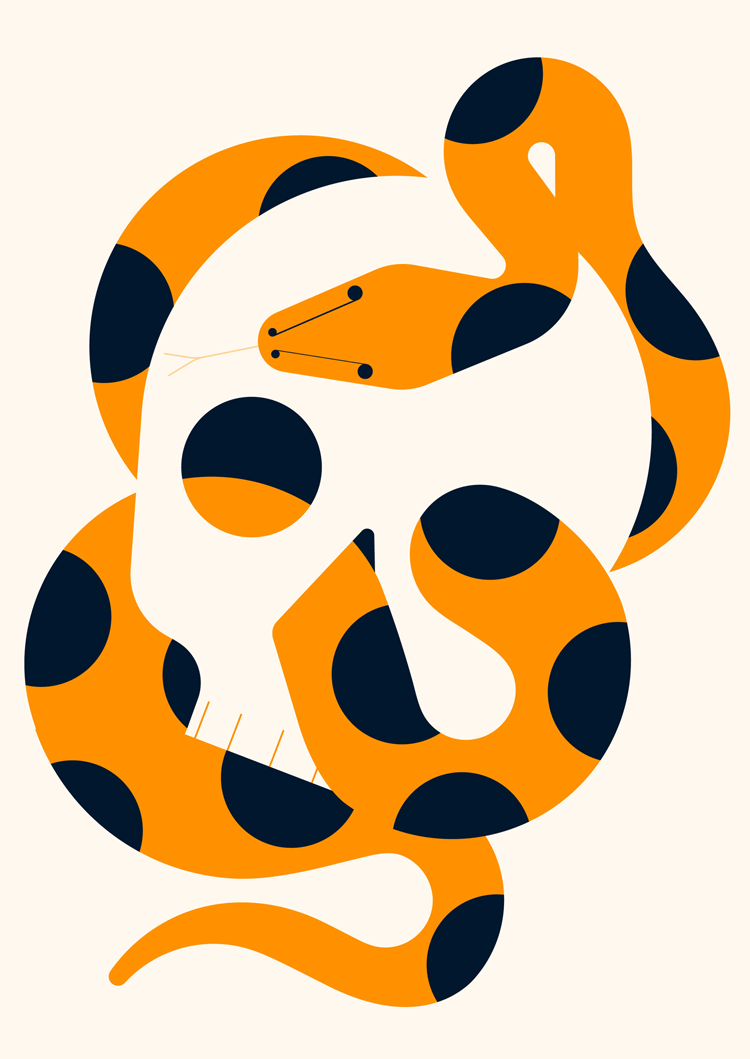

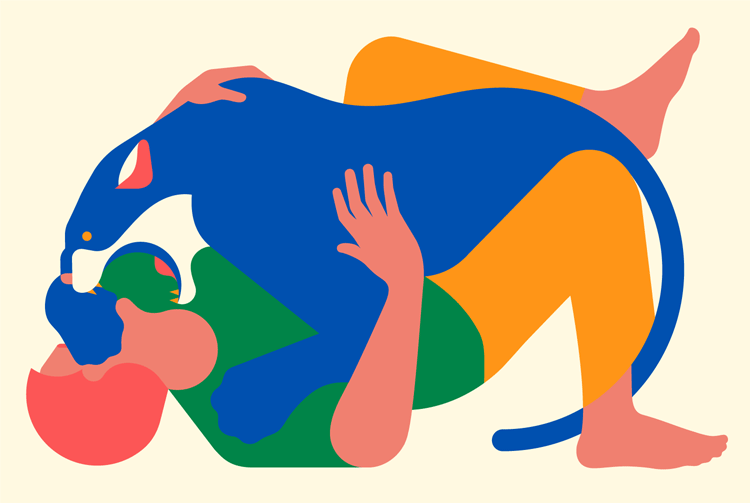


Independent design studio from Leeds, UK - OneTenEleven lead by Antony Kitson (resident of our Digital Decade platform) released the new work made for Manchester rock-band Everything Everything. This was an art direction and 3D experimentation of the new branding for their upcoming album “Re-Animator”
Raw scan data of the band was provided by Everything Everything’s Jonathan Higgs. The 3D scans were used in the creation of the ‘In Birdsong’ Music video which Jon self produced using Blender
The concept was to take the scan data and develop composition, textures and lighting while keeping a raw element to the scene. With the aim of producing a 3D image for the Re-Animator album artwork, press images & animations.
London-based illustrator Charlie Davis creates illustrations looking like a colour paper cut-outs, never dull and always with a dynamic twist
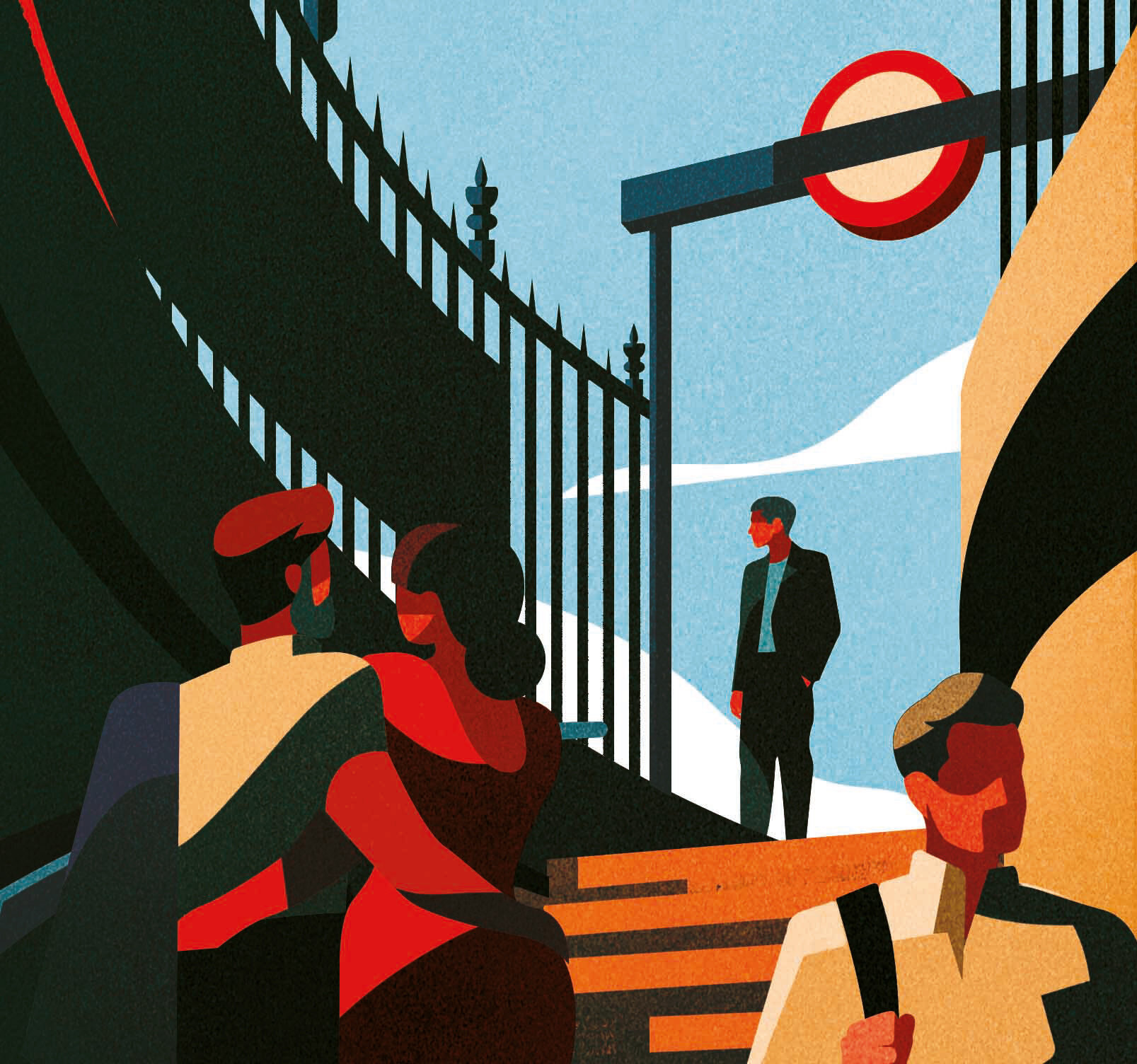
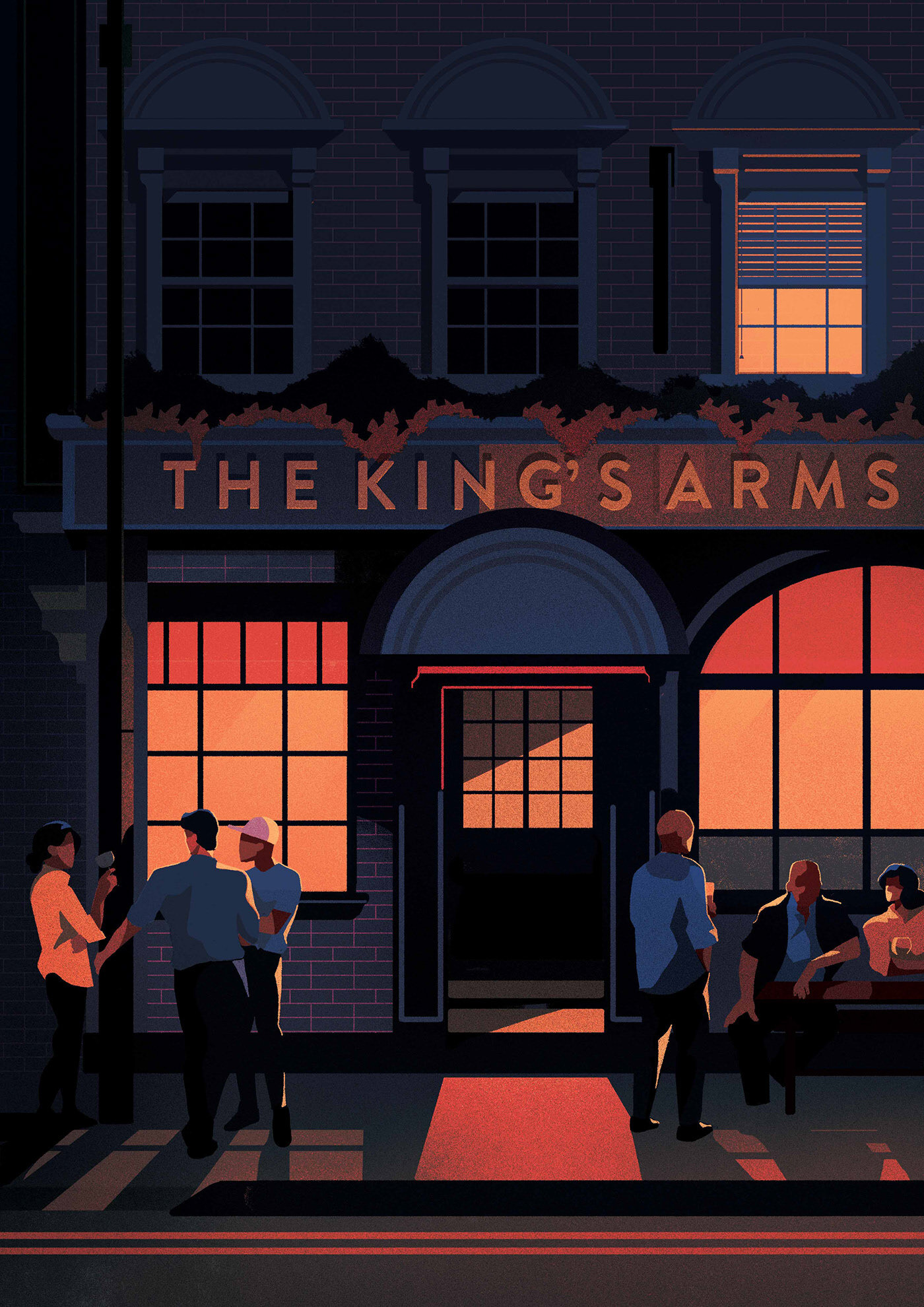

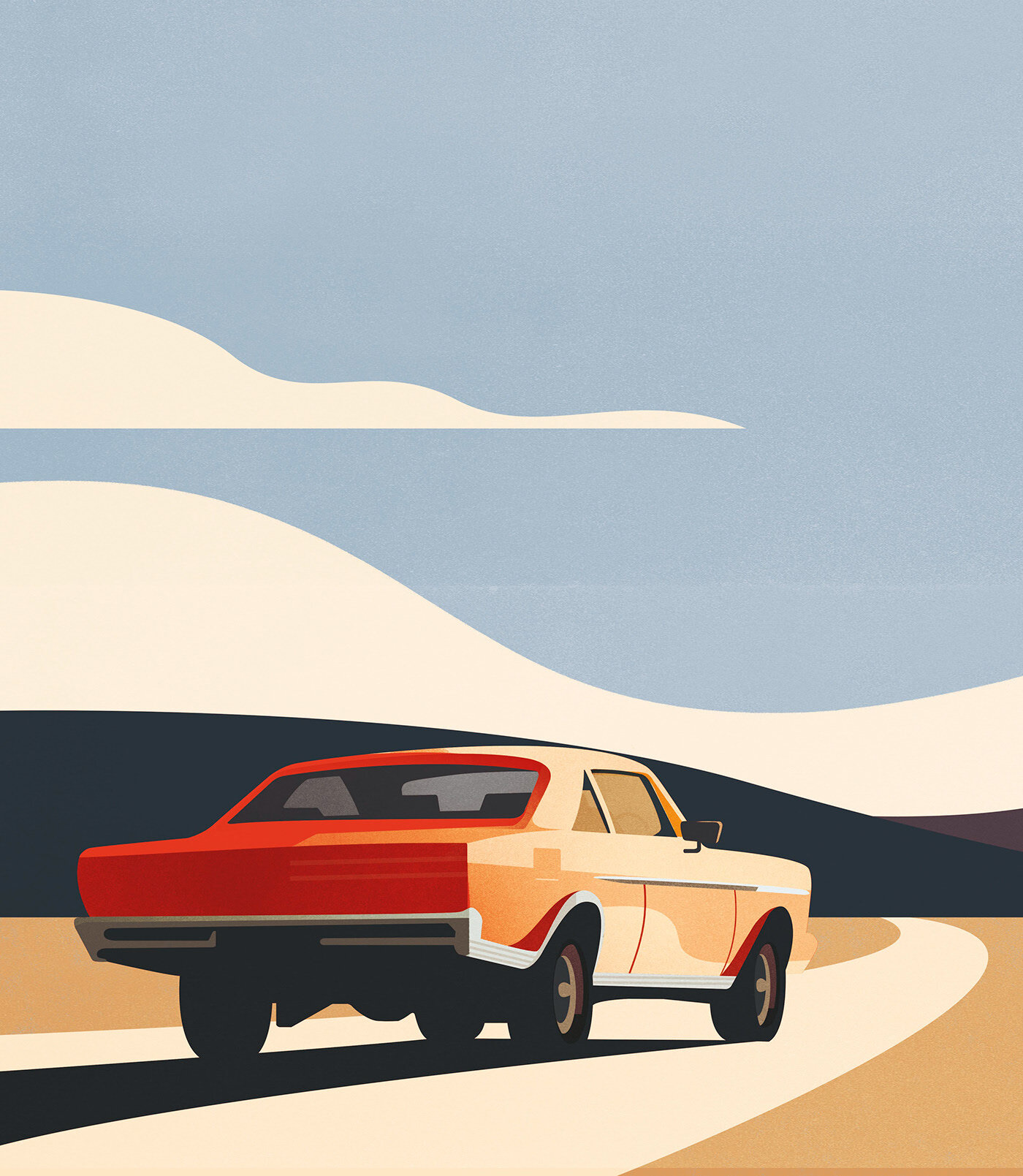
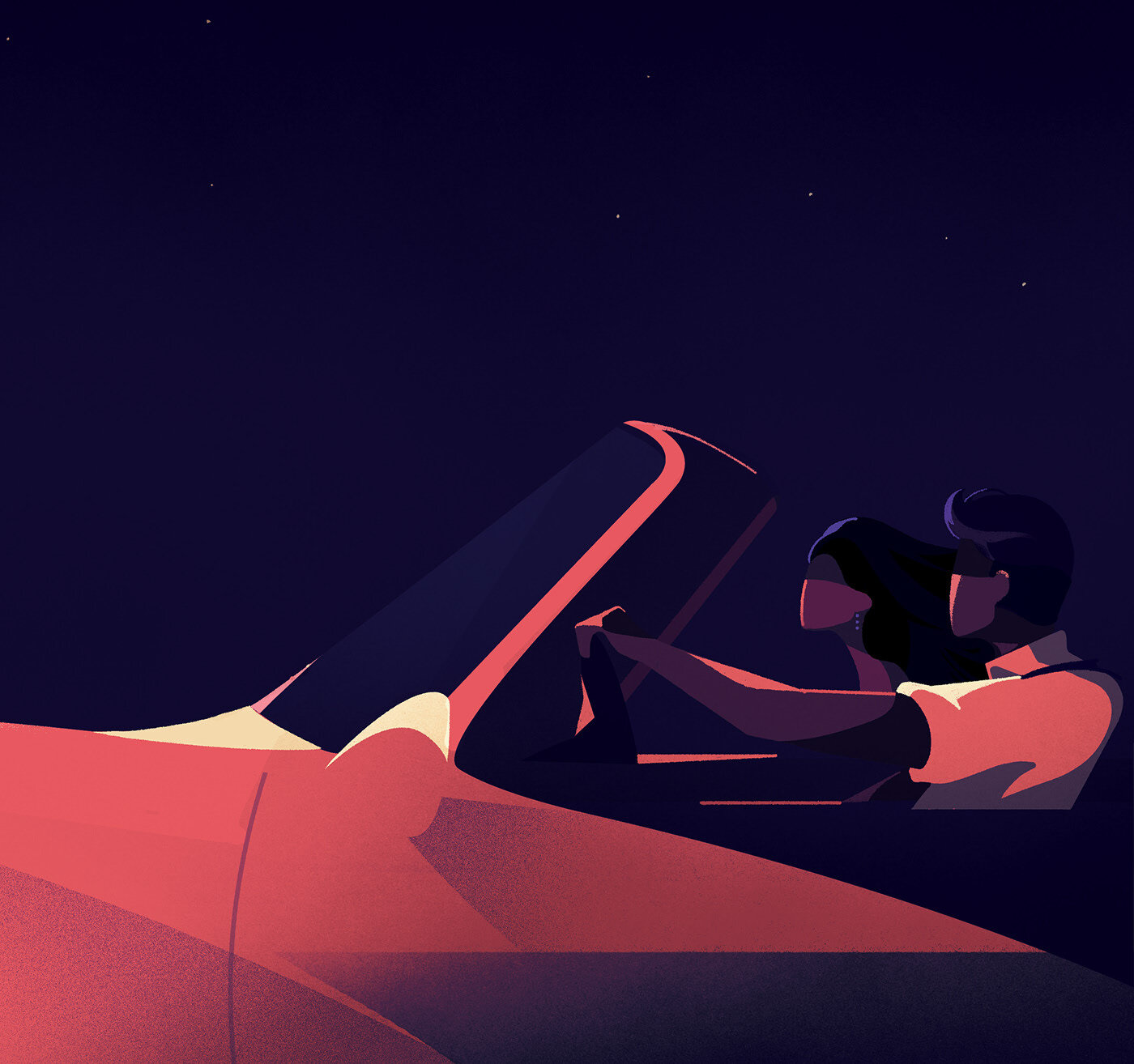
Artist Sebastian Burdon aka Whatshisname is a London-based sculptor mostly known for his “balloon”-like dogs he started doing few years ago as a fun, being fed up with one famous guy. After he was accepted as a raising star he changed the game and started running a series of limited editions for his “POPek” and “PEEPek” “balloon-dogs” and recently released an anthropomorphic version called Jeff Balloonski.

The Anti Art Fair, 2018, London. Digital Decade booth
British digital artist Thomas Webb has been already spotted on our radars, during the intervention of the Digital Decade at The Anti Art Fair, 2018 where he presented a digital mirrors displaying the interactive infographics of real-time social anxiety issues.

Fear Of Being Transparent (Digital Infinity Mirror), 2018, König Galerie
Webb works with video game engines, custom-written physics applications and 3D rendering software to recreate themes inside the computer; Hand-building various electronic machines and inventions to re-interpret these virtual artworks into hyper-realistic four-dimensional artworks. Webb challenges the barrier between the viewer and technology used to display computer-generated artwork to create a seemingly technology-free consummation.
Webb invented the digital infinity mirror; an innovation of the infinity mirror using high power commercial LED displays, custom-built computer hardware. This combination of materials realises his vision of a digital medium that shifts in 4-dimensions as a function of each viewers perspective.
Inside his artworks, he questions the real-life scenarios and consequences created through our newly acquired, daily use of technology. Harnessing real-time data feeds from mortality statistics, stock market prices and social media feeds to juxtapose a reflection on ultimate contemporary life. He is often touching on themes of mental health, addiction, big data and control as a guinea pig of the internet revolution and asking questions about the various implications of its application on modern society.
14 Aug 2020 - 14 Aug 2021, König Digital
The WORLD WIDE WEBB is a virtual world driven by Artificial Intelligence and real-time data. The digital visitor enters through the browser on a smartphone, and is invited to do an exercise in hopeless nostalgia. The WORLD WIDE WEBB is a multiplayer simulation, a digital exhibition space, and a world full of art and characters the visitor interacts with. Webb also recreates the social spontaneity of the world pre-Covid-19.
The cultural theorist Mark Fisher states that the future has been lost because humans keep returning to the past and wallow in nostalgia when trying to develop concepts for the future. Due to coronavirus not only the future but also the present have been cancelled. Webb triggers a common fascination for the past by imitating a 80s video game aesthetic. This old technology is the starting point for him to imagine a possible near future.
Webb created a world in which data is used as a common property. What if companies collecting data aren’t allowed to sell the data but are required to share it? What if data is not used in the interest of a company? How do people feel when an AI tailors a life for them based on their personality, choices they make, and things they enjoy through technology?

World Wide Webb, 2020
On display at KÖNIG GALERIE are 12 digital artworks by Thomas Webb. He demonstrates what data can be used for now with the limitation in place by the tech companies not sharing the data. At the same time, he creates spaces that allow the users to experience connection through technology without monetizing their actions. RAINFALL for example is an algorithm constructing moments that can be shared by two or more people. With DEPRESSED TWITTER, Webb contributes to the dialog about the effects of social media on mental health. The tweets about depression without the display of the usual information such as user name, profile picture, follower numbers and likes are a reminder that individuals suffering from social media are often socially stigmatised. When the digital visitors leave the gallery, they enter an AI-driven simulation that shows the world what it would be like if data was free. Webb built cities like Berlin, Osaka and Kanagawa with clubs, bars, shops, schools, and homes.


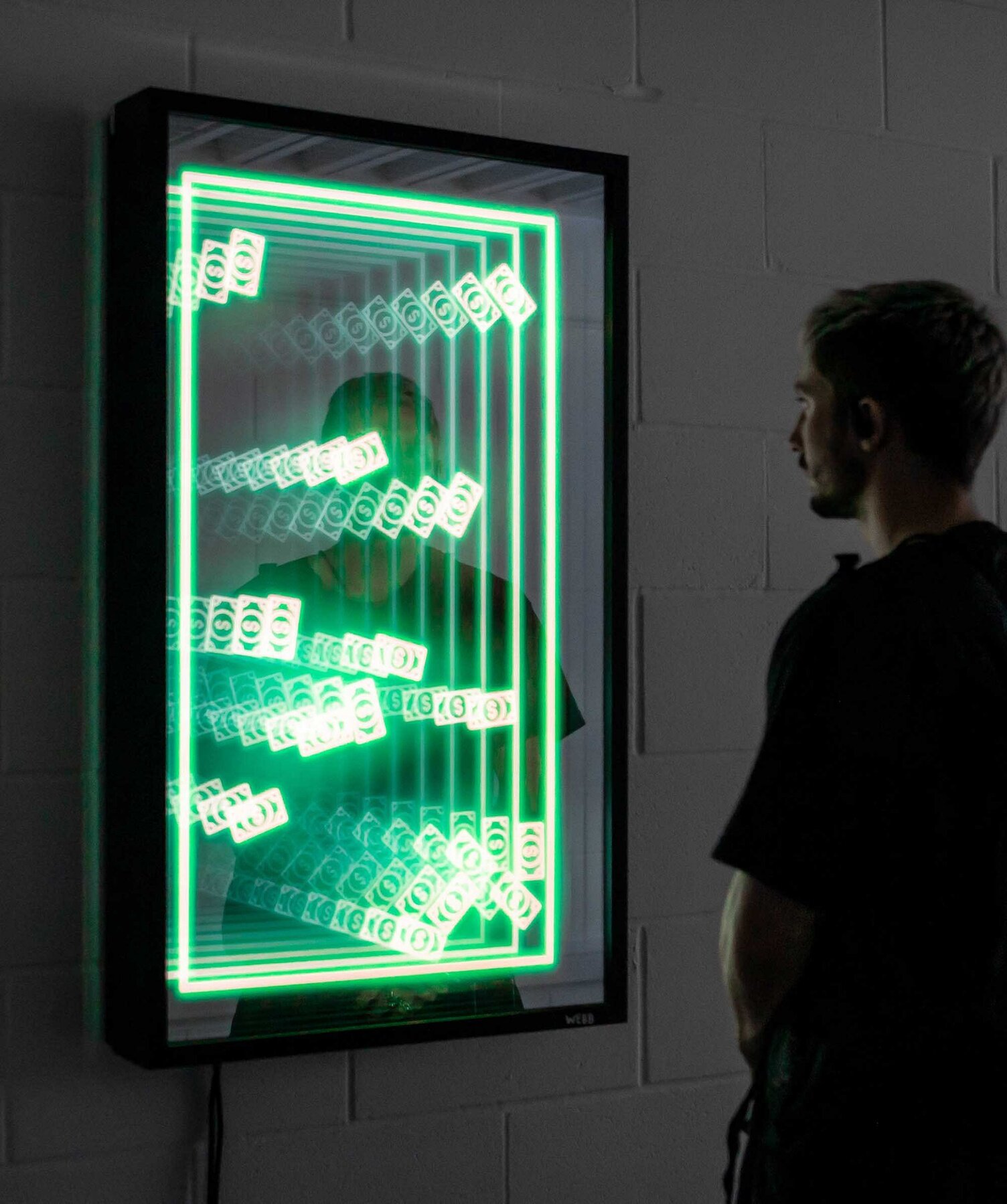


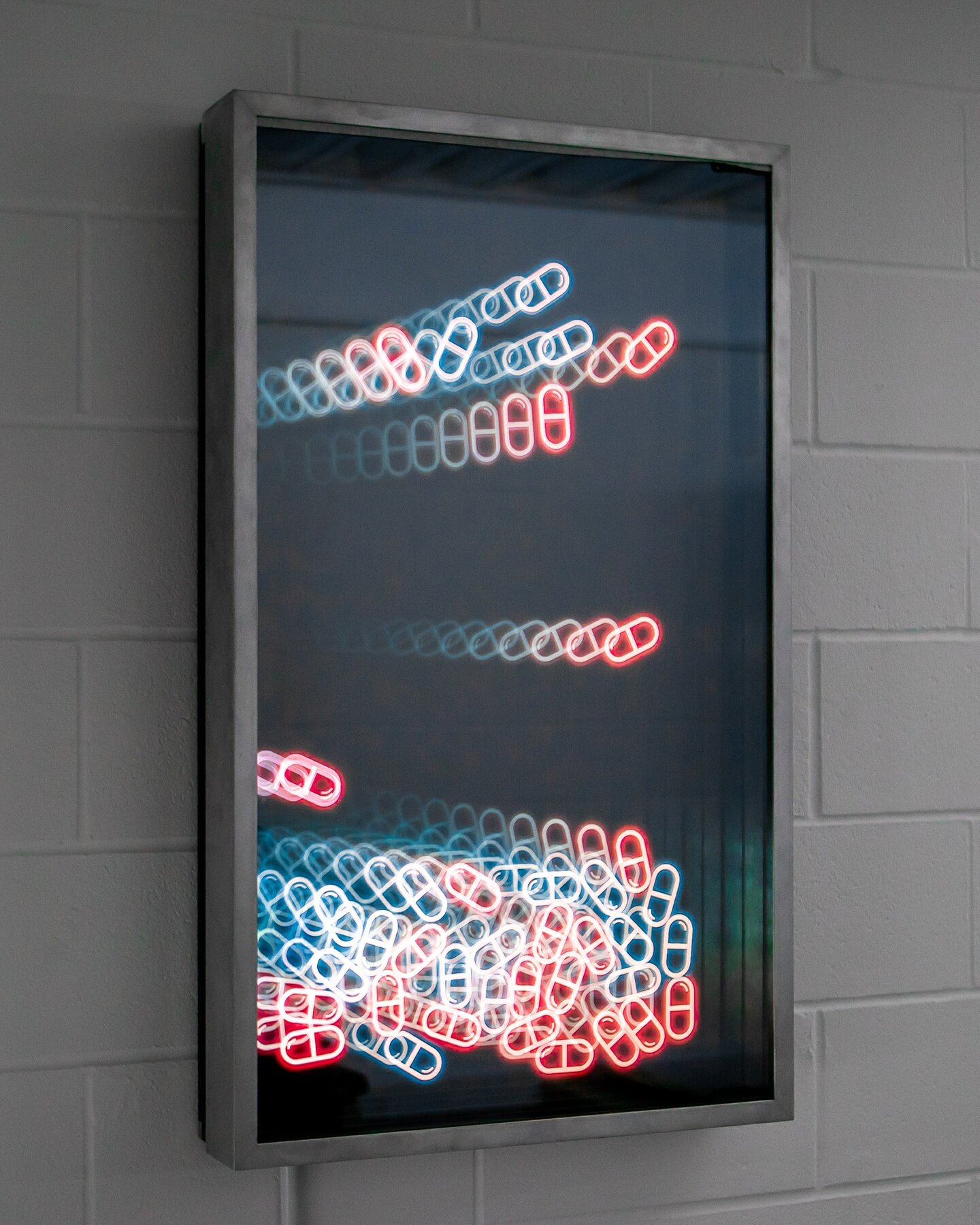
Super You is an AR costume arts experiment by Universal Everything. Aim your camera at your super friend, see them transform and swipe to change costumes. There are 11 super costumes to choose from, which also sample the colours of the clothes you are wearing.
Using the latest body tracking technology, film your Super You taking a walk in the park, dancing in the kitchen or relaxing on the sofa. Make a film of your creation and share it directly from your device’s gallery to social media, using the hashtag #SuperYouAR to join in with this collaborative artwork.
(It is compatible with devices which have the Apple A12 and A13 chip.)
London-based motion designer The Dink shares his experimental short that follows the movement and personality of various household items. The environment that each brush finds itself in directly impacts the way they move. with each scene depicting a unique movement and flow providing an individual character to each brush. The collection of brushes chosen, each have very distinctive bristles and textures in order to showcase the contrast of each animation.
Design, animation and direction by The Dink
Sound design by Echoic Audio
Award-winning artist Grégoire A. Meyer creates digital illustrations that evoke thought-provoking reactions. His art examines the body in its extraordinary simplicity as a biological, digital and aesthetic organism. He captures the essence of fleeting moments, like a splash of water or a disintegrating face, and freezes them in time in objects that appear almost tangible. His works create a complex relationship between fact and fiction.


““The horse represents our last hope and challenges the concept of black as darkness and as the drapes slips off with its own weight - the future of humanity will be exposed..””

Digital Decade SE 2020 - VR Exhibition
Garden of Hubris, oil and acrylic on canvas
Sholto Blissett (b.1996) is an artist from Salisbury who lives and works in London.

Garden of Hubris I, water based emulsion on canvas on board
Growing up surrounded by the ancient sites of Stonehenge and Avebury stone circle, Sholto has always had an interest in the fictions which societies create in an attempt to understand their place in nature. Hence, Sholto’s largescale, fictional landscapes explore humankind’s relation to nature. At first glance, he evokes the Kantian division of the human and nonhuman; yet his works then turn the viewer towards the Sublime realisation that these two notions are indivisible. Thus, the original, Kantian conception of the Sublime in which the human and natural are purported as separate are challenged by the alternative arguments emerging from the events of the Anthropocene. Sholto encourages the viewer to realise their – our – inescapable intertwinement with the natural world.
Yinka Ilori is a London based multidisciplinary artist of a British-Nigerian heritage, who specialises in storytelling by fusing his British and Nigerian heritage to tell new stories in contemporary design. He began his practice in 2011 up-cycling vintage furniture, inspired by the traditional Nigerian parables and West African fabrics that surrounded him as a child.


Having used the lockdown period as an opportunity to define the studio’s mission, values and brand identity, Lucy Hardcastle Studio is unveiling a new website incorporating an interactive feature, based on a data visualisation of her own brainwaves.
Wetlands is a self-initiated project that outlines the vision and approach of the studio. By combining Lucy’s own neurological responses to material tactility with the user’s own interactions on the site, the project creates a unique digital landscape that constantly shifts in colour and form as the two data sources intersect.

Developed in consultation with specialists in the field of neuroscience, the project takes Lucy’s personal response to sensory materials as its starting point. A wearable headset was used to track electrical activity in her brain, as well as heart-rate and breath-rate, during stimulating experiences with different surfaces while in a closed-eye meditative state. These data were compiled into linear waves, graphs and cross-sections, which were then translated into a 3D landscape – a spectrum of colour and wave movement that acts almost as a 3D graph.
This landscape captures Lucy’s responses to a range of material textures, including glass, suede, acetate, slime, silicone rubber, sandpaper and silk, translating her brainwaves and other bodily data into high-points and valleys, rock pools of fluid and flurries of different coloured particles. Accessing the site, the user is brought into this realm, and encouraged to play with their surroundings. As they navigate the 360-degrees digital space, their interactions disperse colour and trigger wave motions in correlation with the data, creating mini-ecosystems or tides. The more the user plays with the pools, the more they spread and melt into the landscape, creating a flooded effect, with the outcome of an ever-changing digital environment.
“For our new identity, we were inspired by the importance of presence, as a way to represent how we ‘bring the human’ into our practice. In order to feel connected and personal to the foundations of the studio, we chose to use my sensitivity to materials as an area of exploration and data extraction, creating a visualised algorithm that is as much living and breathing as I am. The outcome is a digital landscape in a constant state of change between the data and the individual user’s input.”

Artist, designer and illustrator, living and working in Nottingham, UK - Eloise Renouf creates decorative yet simple, colourful but thoughtful collages inspired by the outside and rethought on the inside.
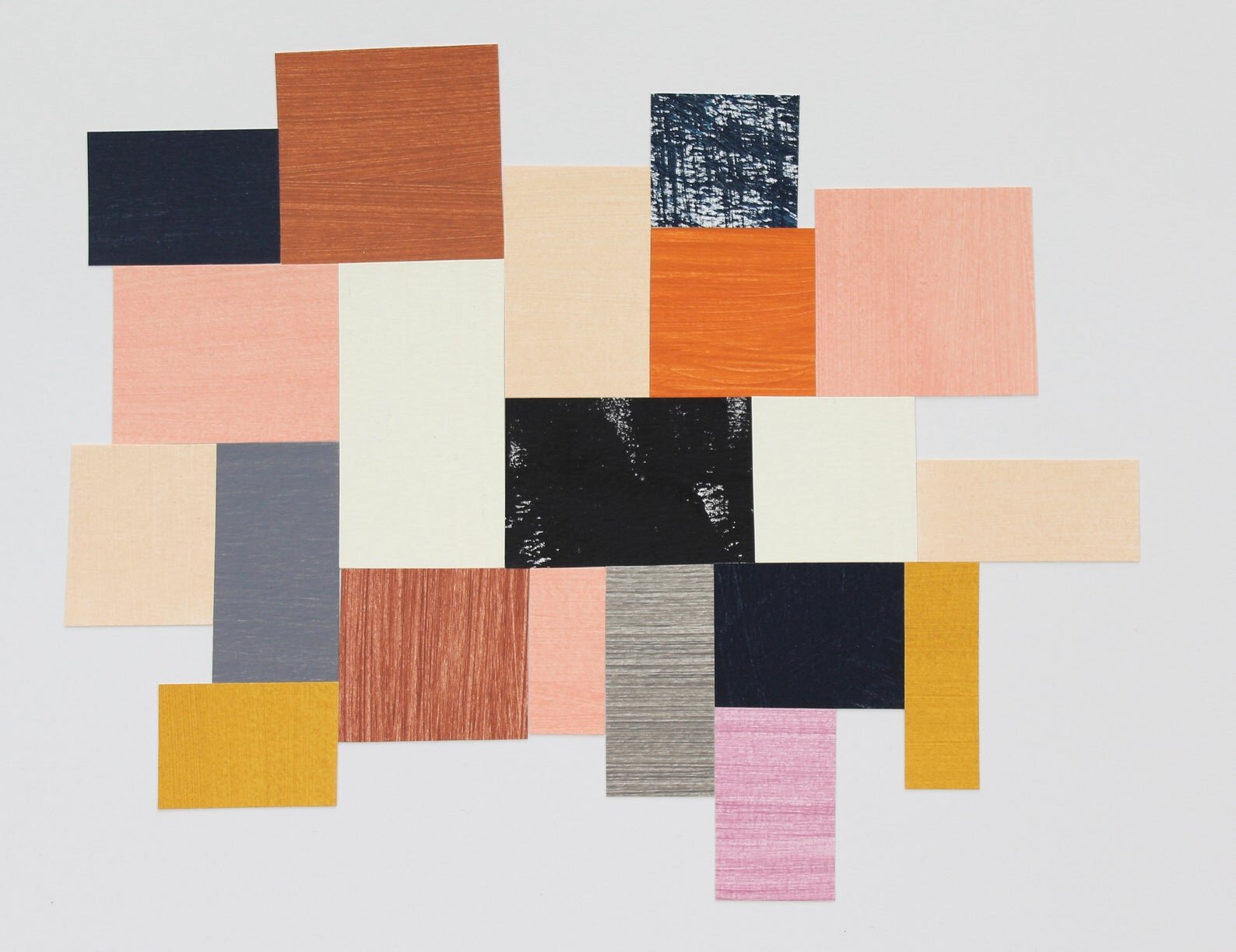
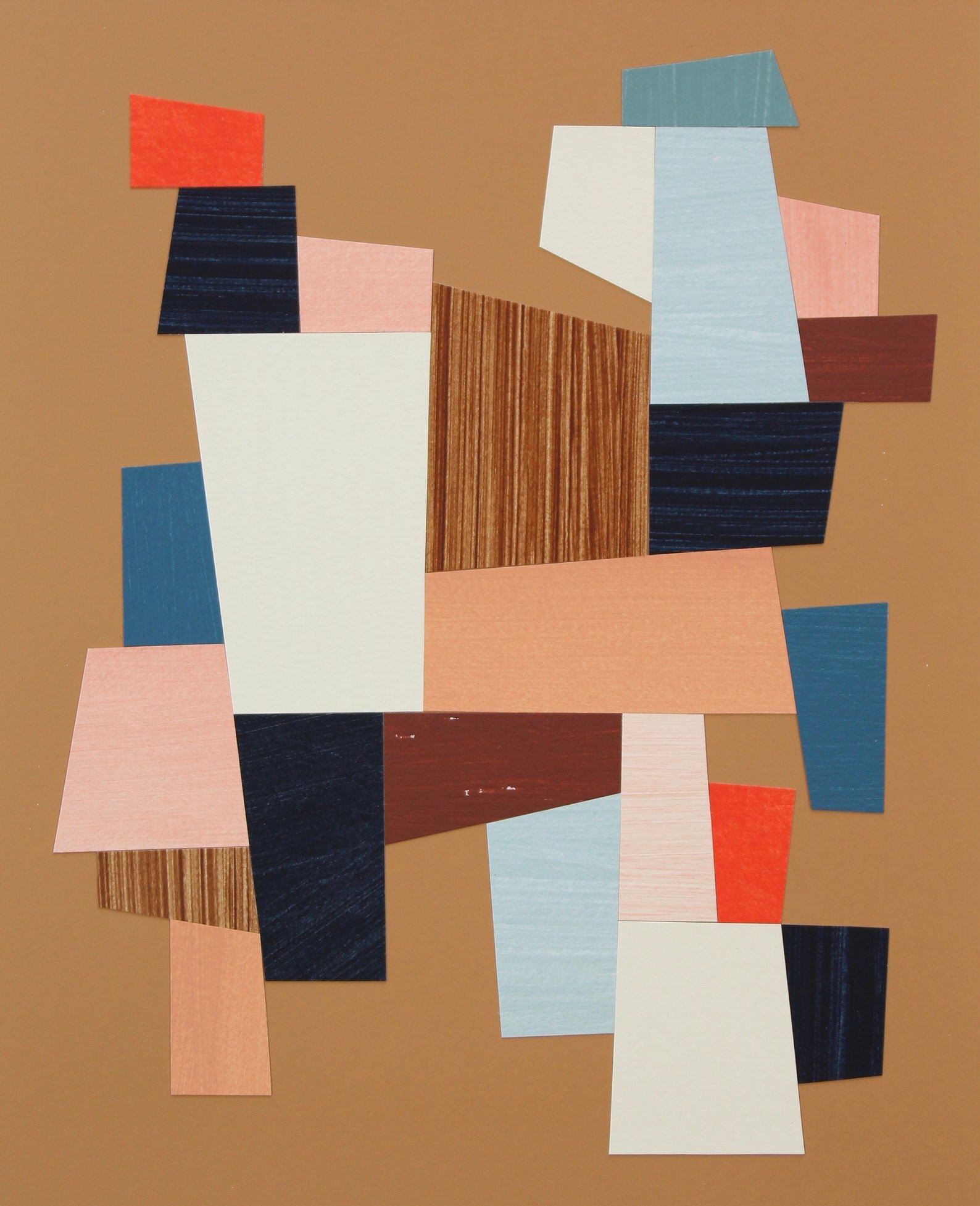
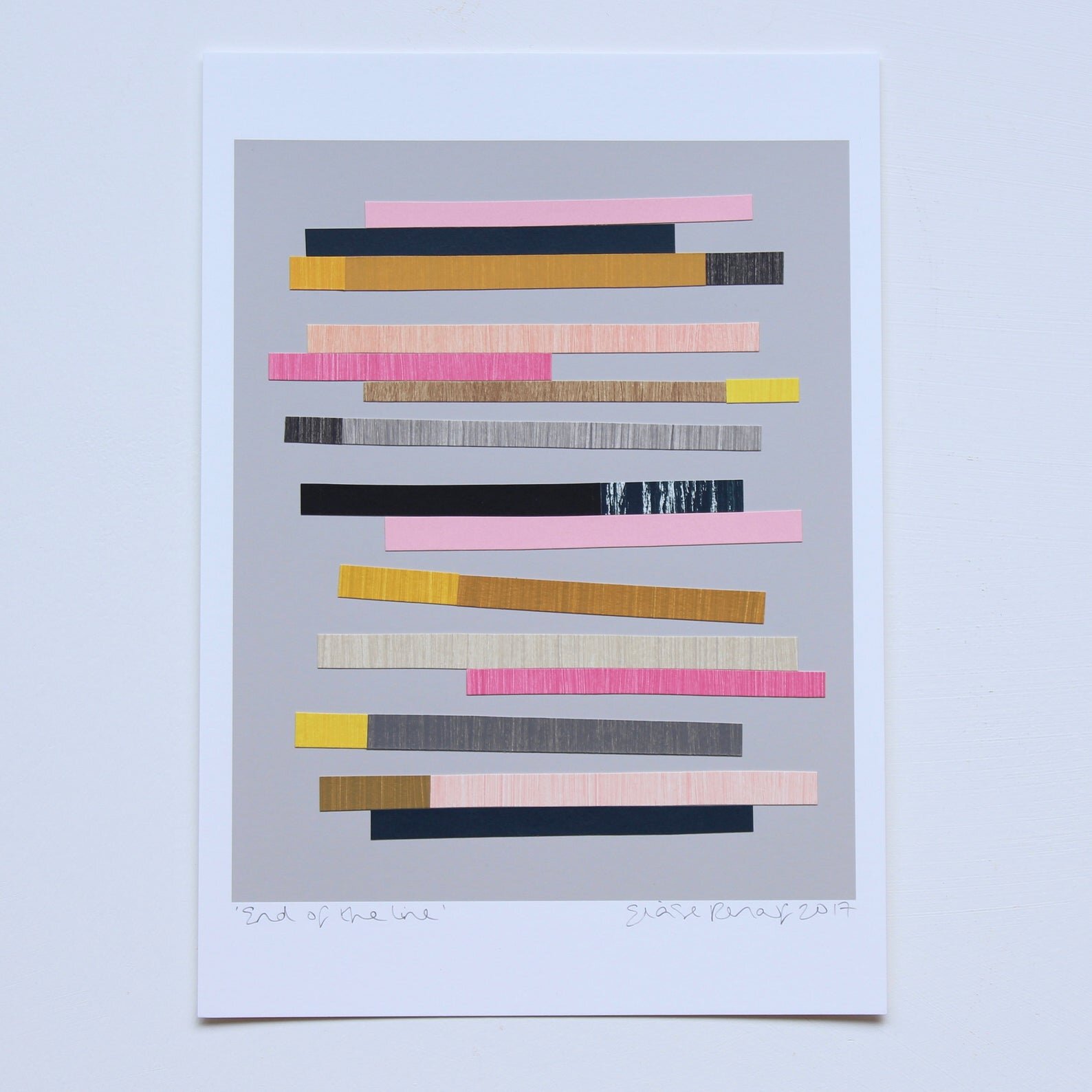
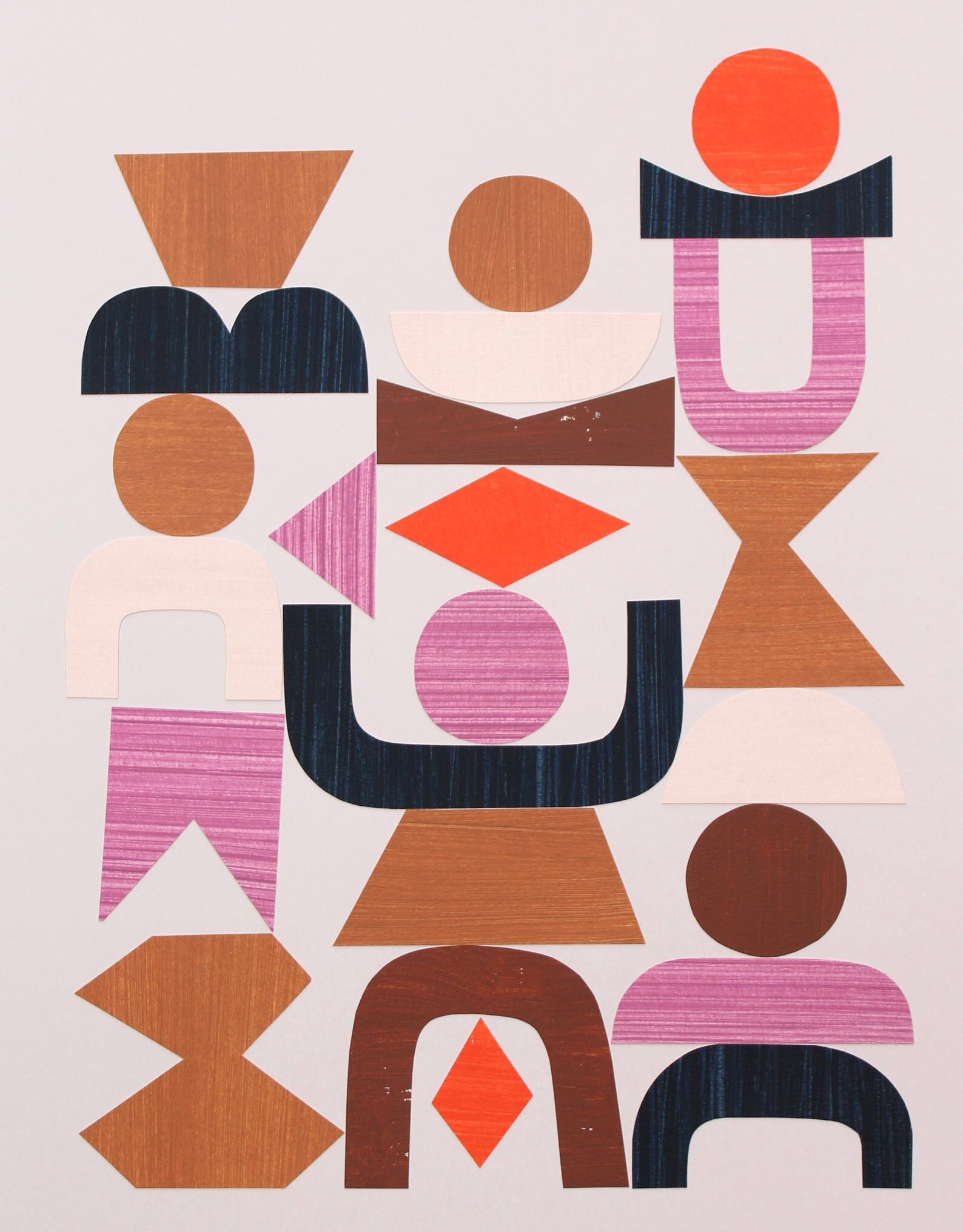
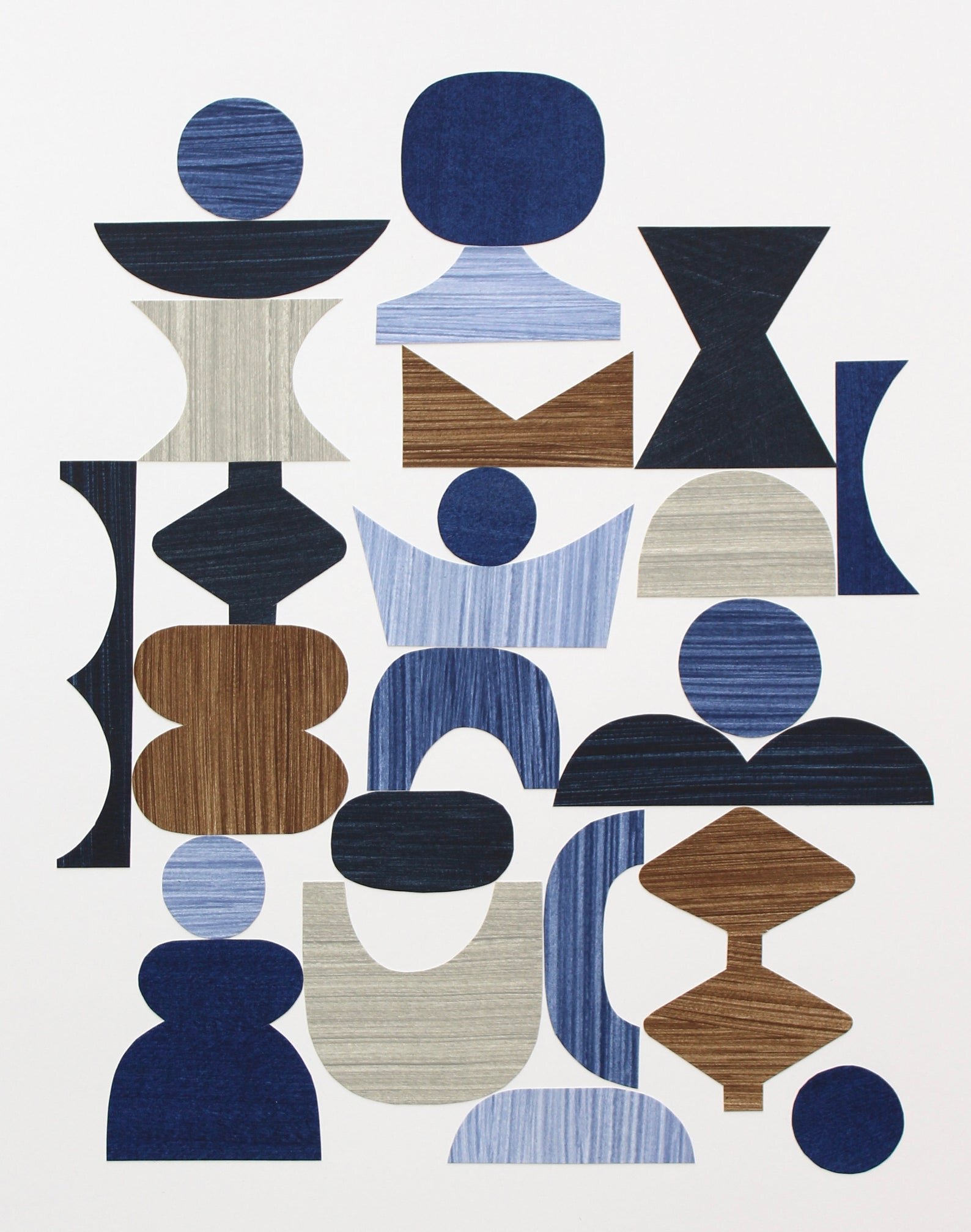
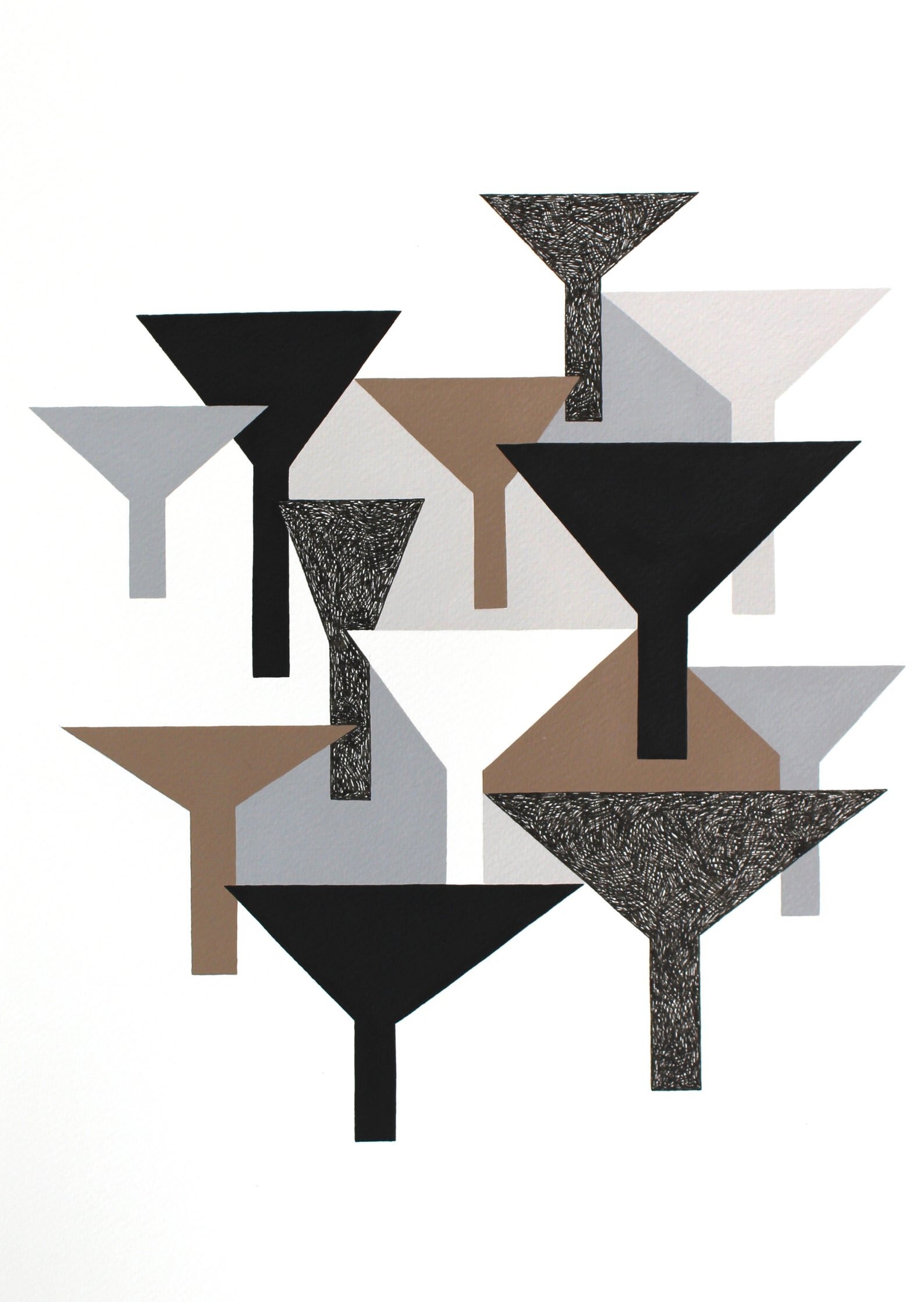
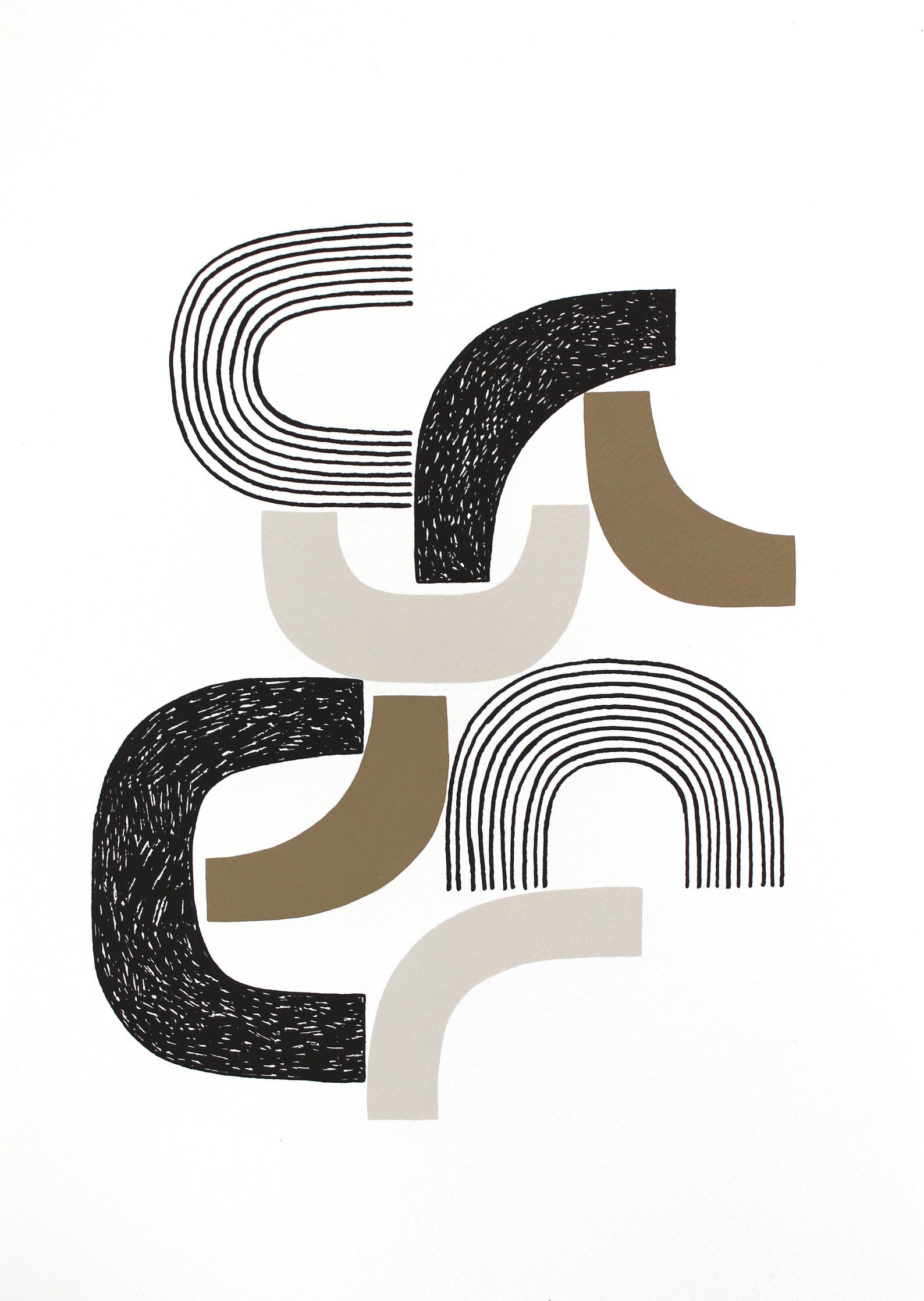

Sedition + Designcollector
Digital Decade SE 2020 is the latest in the Digital Decade series of events by DesignCollector. Digital Decade is the brainchild of Designcollector founder Arseny Vesnin, who has curated and coordinated public phygital art events in London, St Petersburg and Barcelona since 2013. Since then Designcollector have presented the work of more than 150 pioneering, exploratory and celebrated artists working between the physical and the digital, as well as partnering with organisations including OFFF, Ello, Depositphotos and FutureFest.
On 8 July a new collection of digital editions curated by Designcollector Creative Network launches on Sedition. The exhibition features works by Krista Kim, Aristarkh Chernyshev, Eliška Sky, Azamat Akhmadbaev, Joëlle Snaith, Dimitri Daniloff and Grégoire A. Meyer.
Digital Decade events are live artistic responses to current changes (geopolitical, environmental, social) influencing life in the digital age. For the latest iteration, held online due to the COVID-19 pandemic, artists have creative speculative and critical comments on how phygital life may change post-pandemic. The artists participating present works in a range of media including photography, audiovisual collaborations, 3D digital sculptures and animation
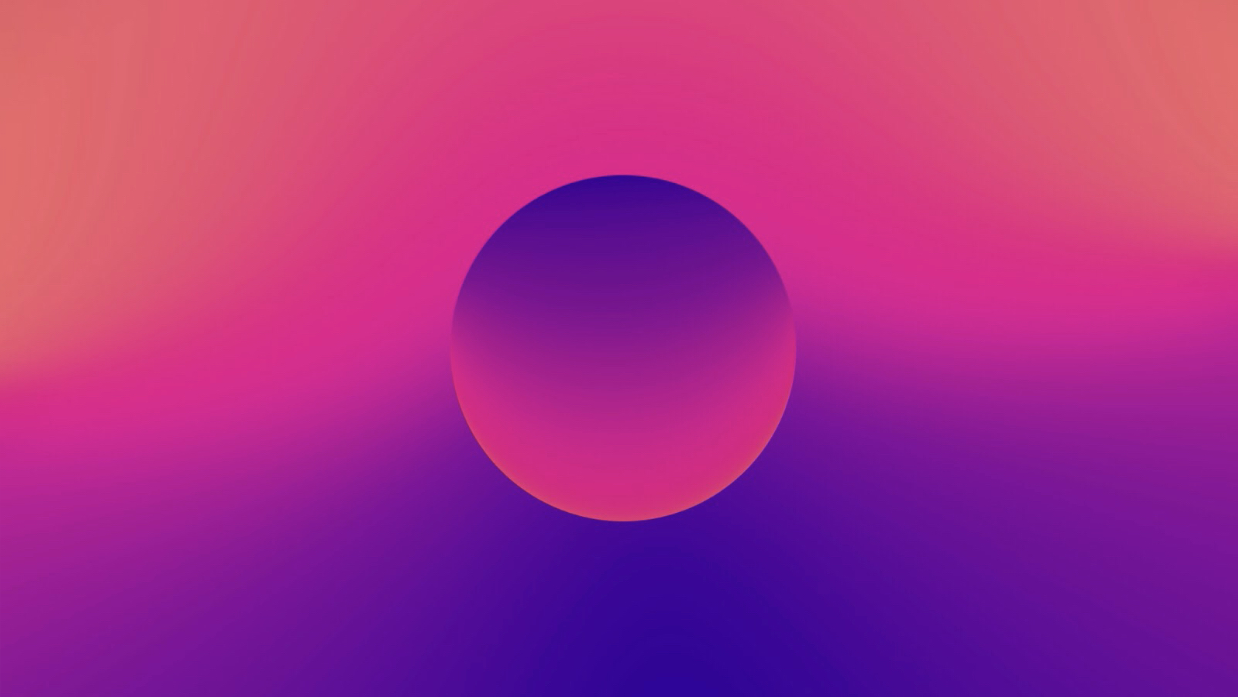
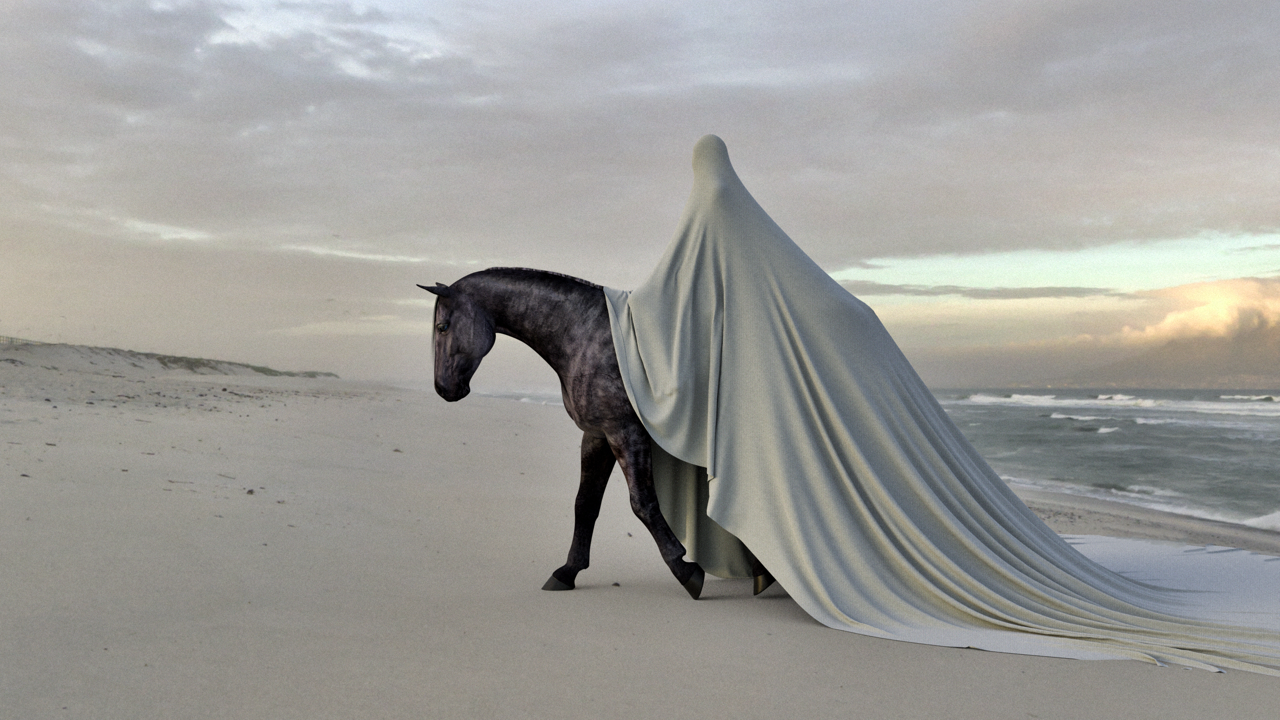
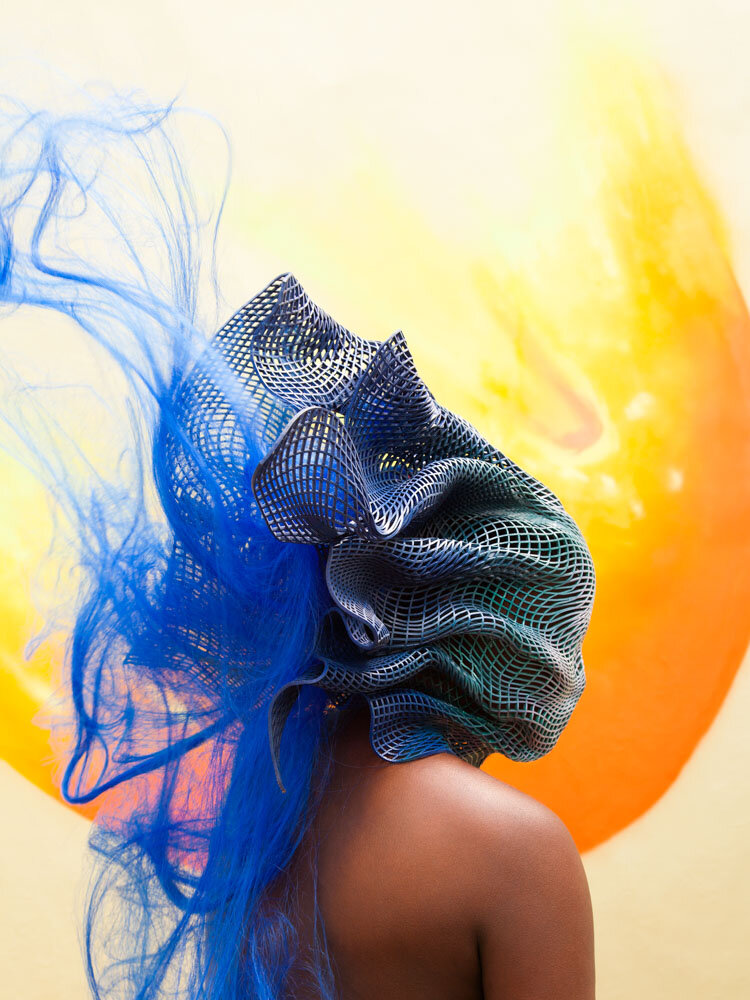
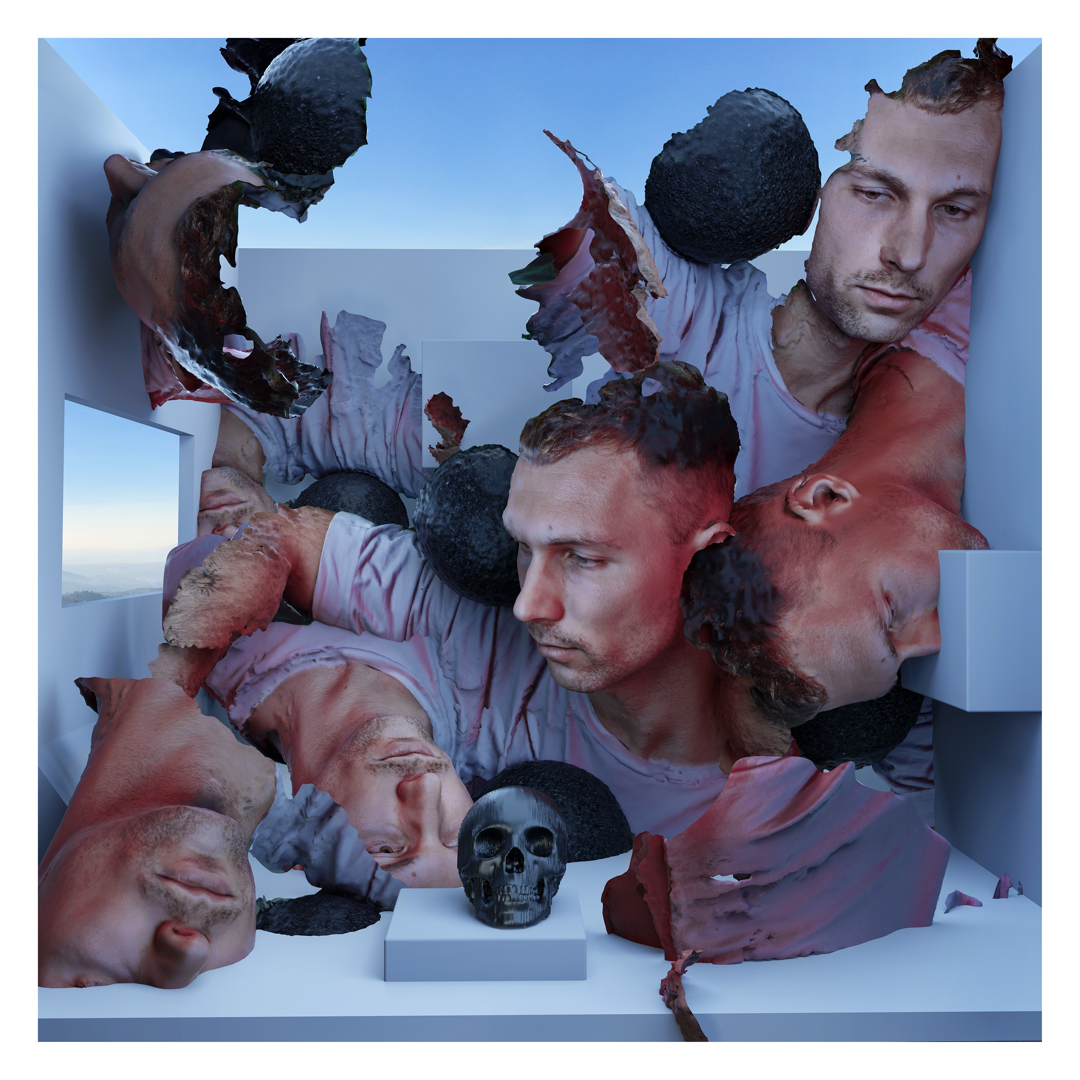
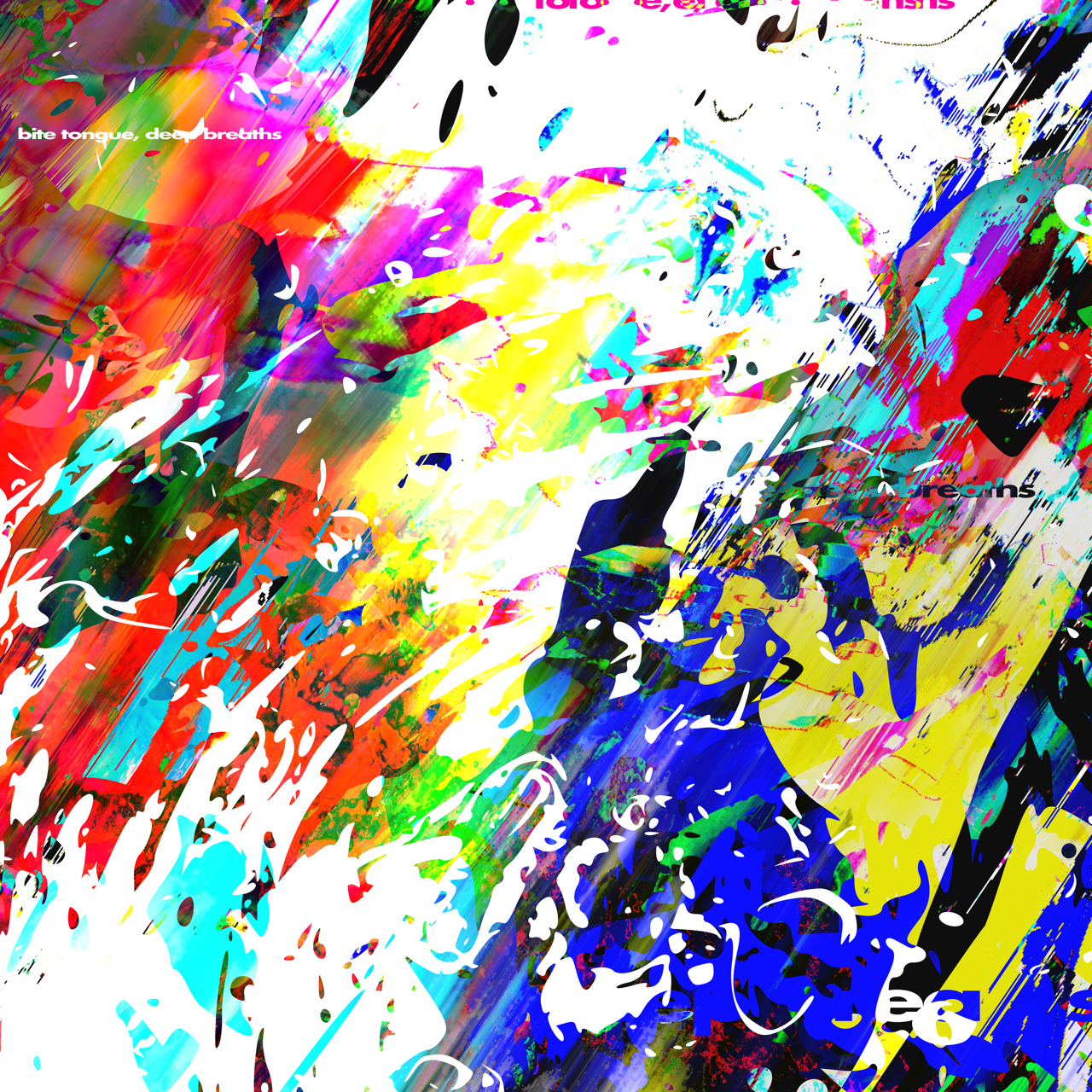
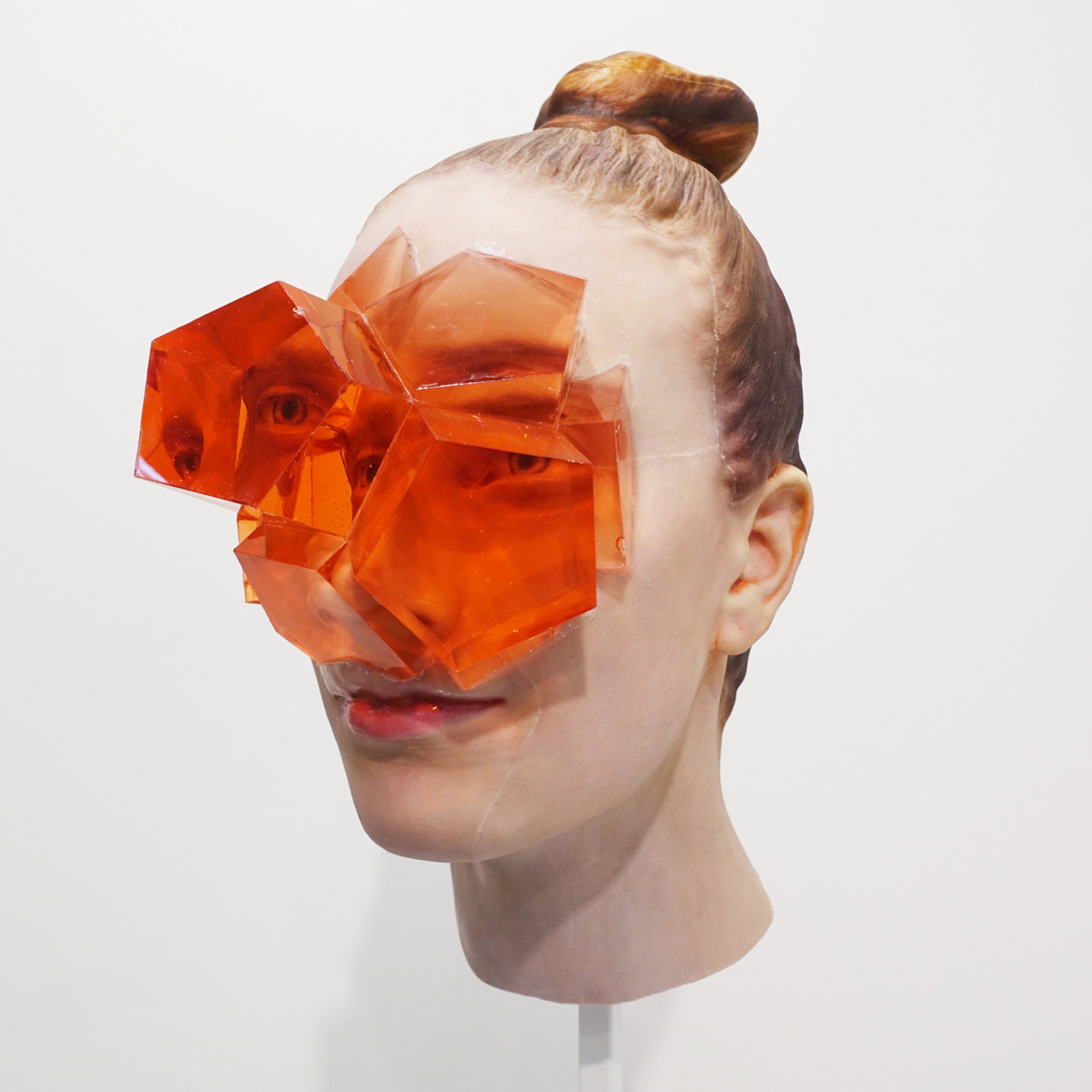
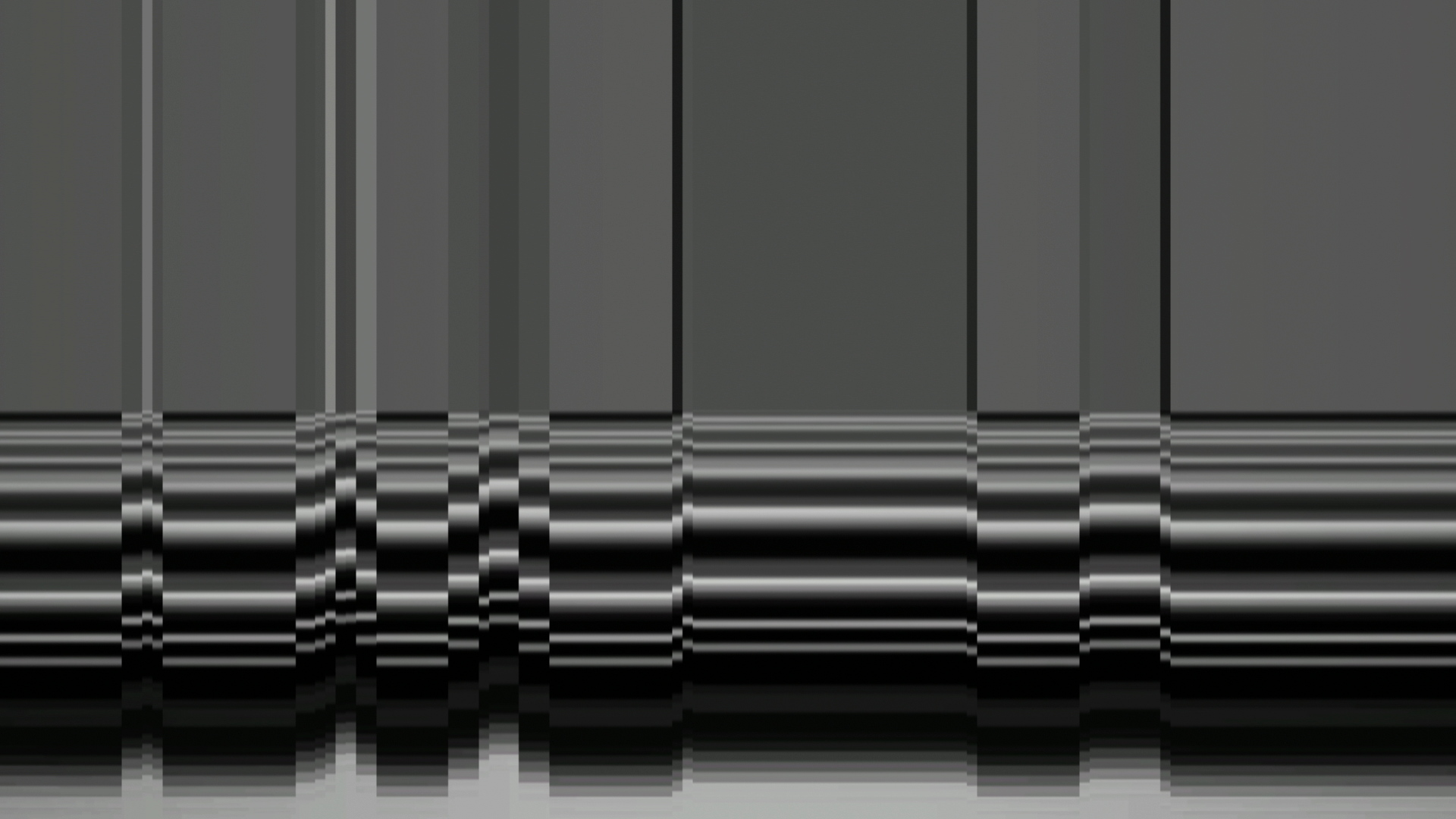

Chris Ashworth is an English graphic designer known for being the executive global creative director for Getty Images and the art director of the magazine Ray Gun in 1997. Ashworth graduated from the York College of Arts & Technology in 1990 with a degree in graphic design. In collaboration with some friends, he opened a design studio called Orange, which created black and white, easily photocopiable flyers for local nightclubs.
Ashworth is inspired by Swiss design aesthetics, and refers to his own style as "Swiss grit". This style is characterised by hyper detail, barcodes, horizontal lines, and the use of multiple transparent layers.
